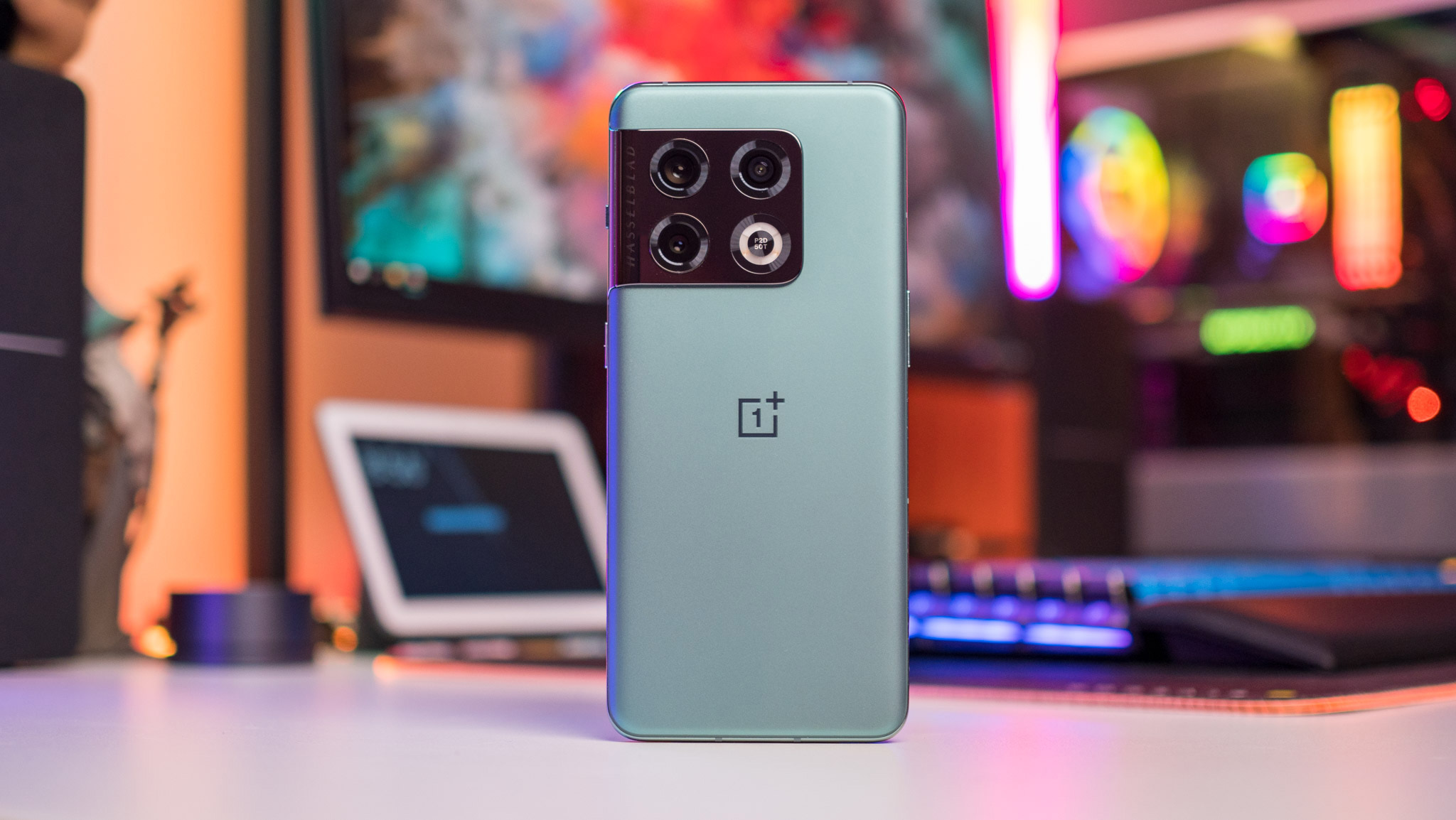Android Central Verdict
The OnePlus 10 Pro combines a bold new design with top-tier internal hardware, sublime 120Hz AMOLED screen, all-day battery life, and ultra-fast 80W charging. It has one of the best haptic engines, bloat-free software, and a 48MP camera that takes great photos. The software has a few bugs and the auxiliary cameras aren't particularly great, but as an all-round flagship, there is a lot to like here.
Pros
- +
Gorgeous design with matte finish
- +
Incredible day-to-day performance
- +
Great haptic engine
- +
Fluid 120Hz AMOLED screen
- +
All-day battery life
- +
80W wired / 50W wireless charging
- +
Bloat-free software
Cons
- -
Buggy software
- -
North American model gets 65W charger
- -
Auxiliary cameras don't measure up to rivals
- -
No IP68 for unlocked models
Why you can trust Android Central
The last 12 months have been a whirlwind for OnePlus; after staunchly denying any ties to OPPO for the first seven years of its existence, OnePlus announced last year that it was merging with the Chinese manufacturer, effectively becoming an OPPO sub-brand.
Then came the announcement that OxygenOS would be integrated into ColorOS — in a bid to facilitate fast software updates — and that's where the problems began. OnePlus ran into significant issues while getting OxygenOS to work on the ColorOS codebase, so much so that it had to roll back bug-filled Android 12 builds that were meant to be stable.
The situation with the ColorOS/OxygenOS integration became so dire that OnePlus had to delay the global launch of its flagship. The OnePlus 10 Pro was unveiled three months ago in China, but because of the state of OxygenOS 12, it couldn't launch the phone outside its home market (the phone runs ColorOS in China).
Well, the OnePlus 10 Pro is now launching globally, and it is running a retooled OxygenOS 12.1 version that includes several months' worth of bug fixes. While the software still doesn't feel like a cohesive effort, it is at least usable — which is more than I can say for the 9 Pro.
And for what it's worth, OnePlus is walking back some of its controversial software decisions. Its plans for a unified OS are on the backburner, and the manufacturer is instead going back to a clean and lightweight UI with OxygenOS 13. That's for later in the year; for now, let's take a look at how the OnePlus 10 Pro holds up against the likes of the Galaxy S22+ and Find X5 Pro and whether it's worthy of your consideration.
OnePlus 10 Pro: Pricing and global availability
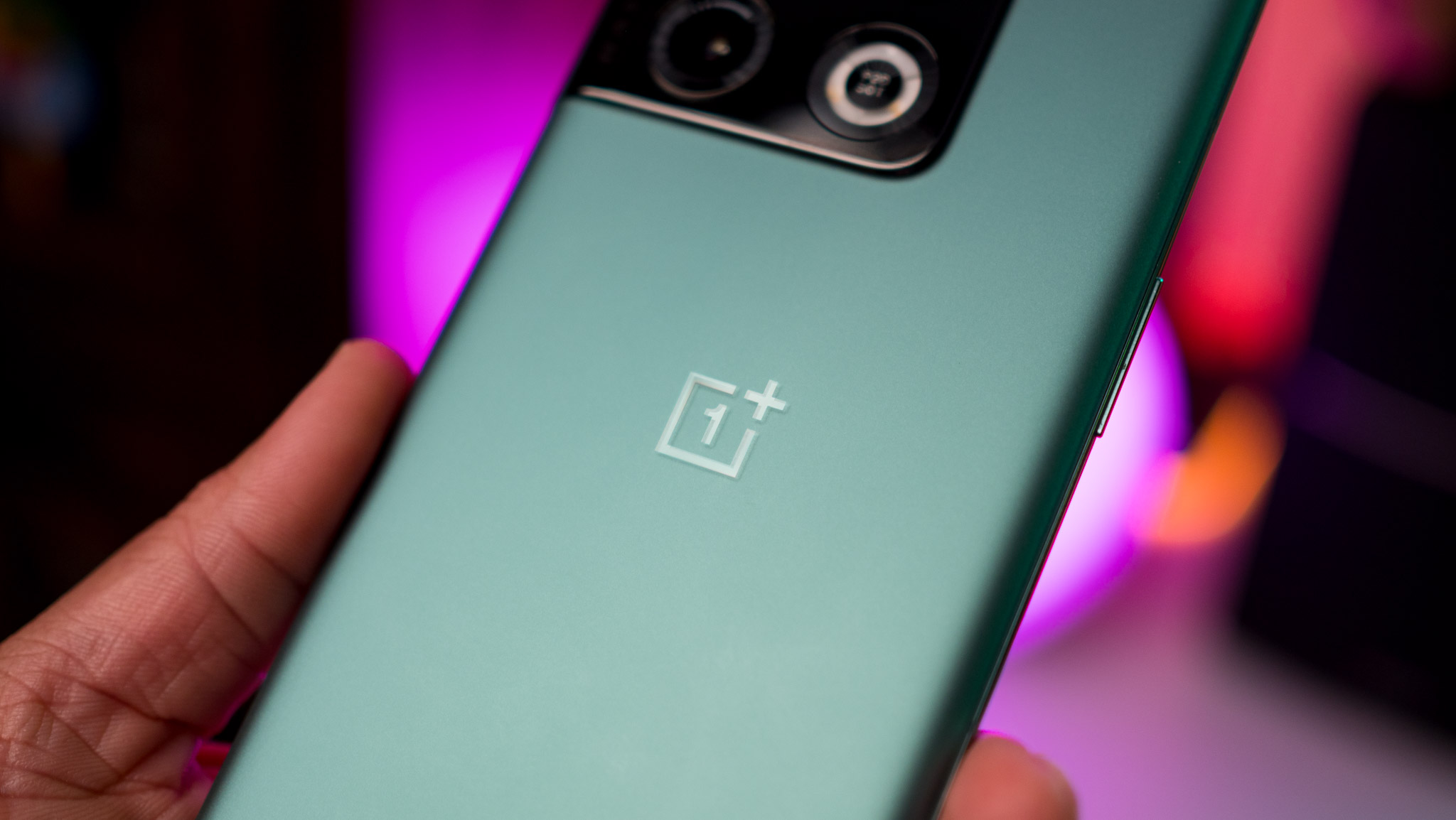
OnePlus unveiled the 10 Pro in China back in January, and the phone made its global debut on March 31. It is heading to 32 regions in total, including India, the U.K., U.S., Canada, Germany, France, and others. The phone will be available starting April 5.
The 10 Pro comes with 8GB of RAM and 128GB of storage in the base configuration, and there's also a model with 12GB of RAM and 256GB of storage. It's sold in two colors — Volcanic Black and Emerald Forest — and while there's also a white option, that's limited to China. The Emerald Forest model is only available with the 12GB/256GB version.
The 8GB/128GB model is debuting at $899 in North America, £799 ($1,048) in the U.K., and €899 ($998) in other European countries. OnePlus positions its flagships aggressively in India, and that's no different this time — the 10 Pro retails at ₹66,999 ($886) in the country. It's not quite as value-focused as the OnePlus 8 series, but it is a good showing nonetheless.
As for the 12GB/256GB edition, you'll need to shell out £899 ($1,180) in the U.K., €999 ($1,108) in European countries, and ₹71,999 ($952) in India. You'll notice that I didn't list prices for North America, and that's because the 12GB/256GB model isn't coming to the U.S. or Canada — at least not at launch. OnePlus says it will bring the variant to North America at a later date, but didn't reveal a timeline as such.
The OnePlus 9 Pro had a similar setback last year in North America, with customers only able to pick up the 12GB/256GB option for the first few months of availability. At least this time OnePlus is being upfront about what variants are available at launch.
OnePlus 10 Pro: Design
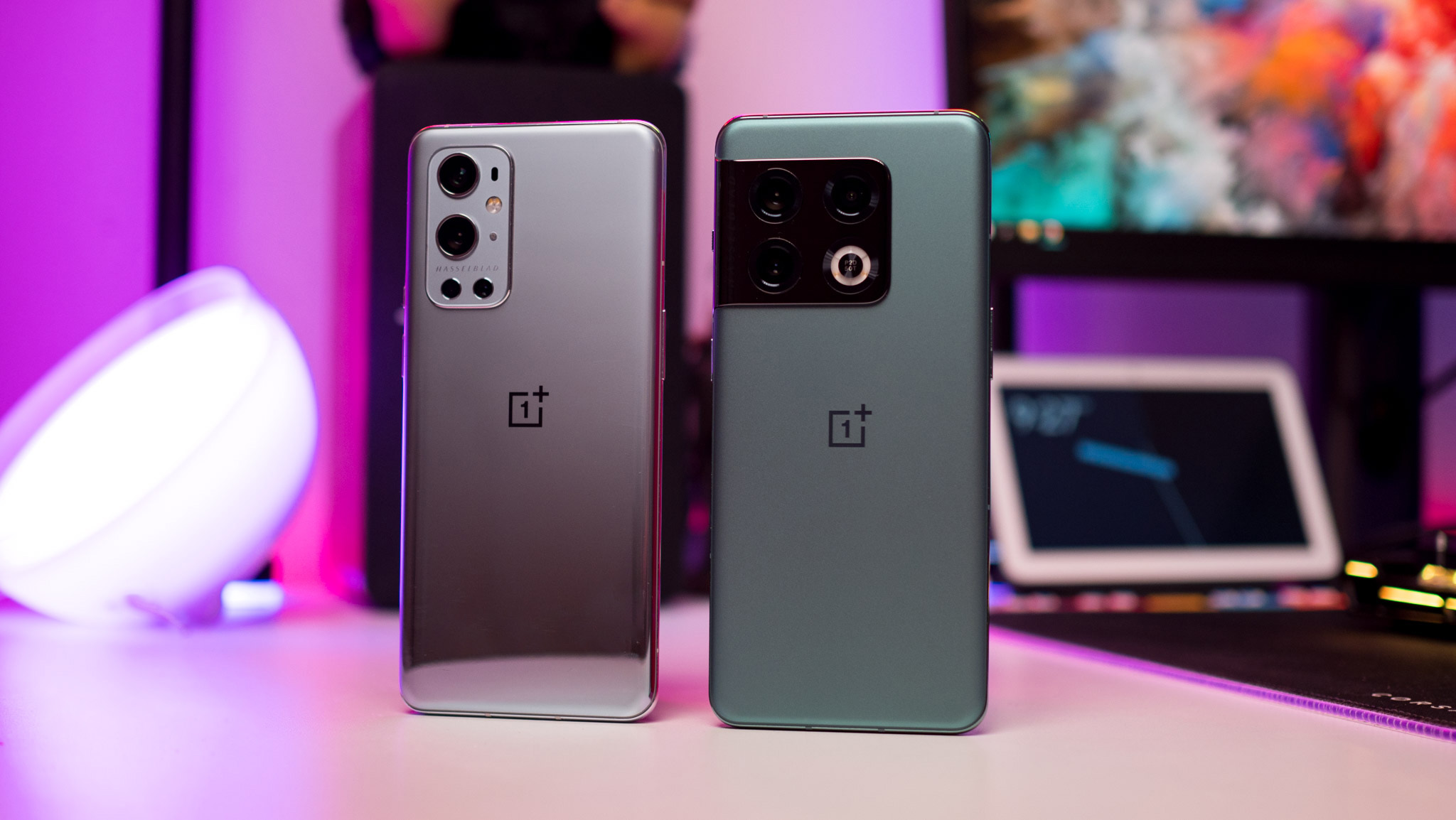
OnePlus has followed a consistent design aesthetic over the years, and although the 10 Pro has a new camera housing that makes it stand out, it retains the same fundamentals as its predecessors. You'll find flowing curves at the front and back, rounded corners, and a well-balanced design that makes it comfortable to hold and use.
Obviously, the big talking point is at the back, where there's a new camera housing that blends smoothly into the mid-frame. It's similar to what Samsung did last year with the Galaxy S21 series, but the effect is a little more pronounced here, thanks to the large rectangular island. The brand managed to give the phone a distinctive look without making it feel ostentatious. Say what you will about the design, but you can't ignore the fact that it is unique.
This is one of the best designs of 2022 — and it is comfortable to hold and use.
The three camera modules at the back are decked out in large rings, and the LED flash module is integrated into the fourth ring to create symmetry. You'll find prominent Hasselblad branding to the left of the cameras, but other than that, the design around the camera island is pretty clean. The rest of the back is unadorned other than a OnePlus logo in the middle.
The 10 Pro is available in two color options: a Volcanic Black hue that has a coarse matte texture that's similar to Sandstone finishes of years past, and Emerald Forest, a greenish variant that sparkles under the light. I'm using the Emerald Forest variant, and it has a matte finish that feels great to hold.
The subtle green hue contrasts nicely with the bold design of the camera housing, and I really like the aesthetic — the 10 Pro holds its own against the burgundy S22 Ultra and the gorgeous ceramic Find X5 Pro.
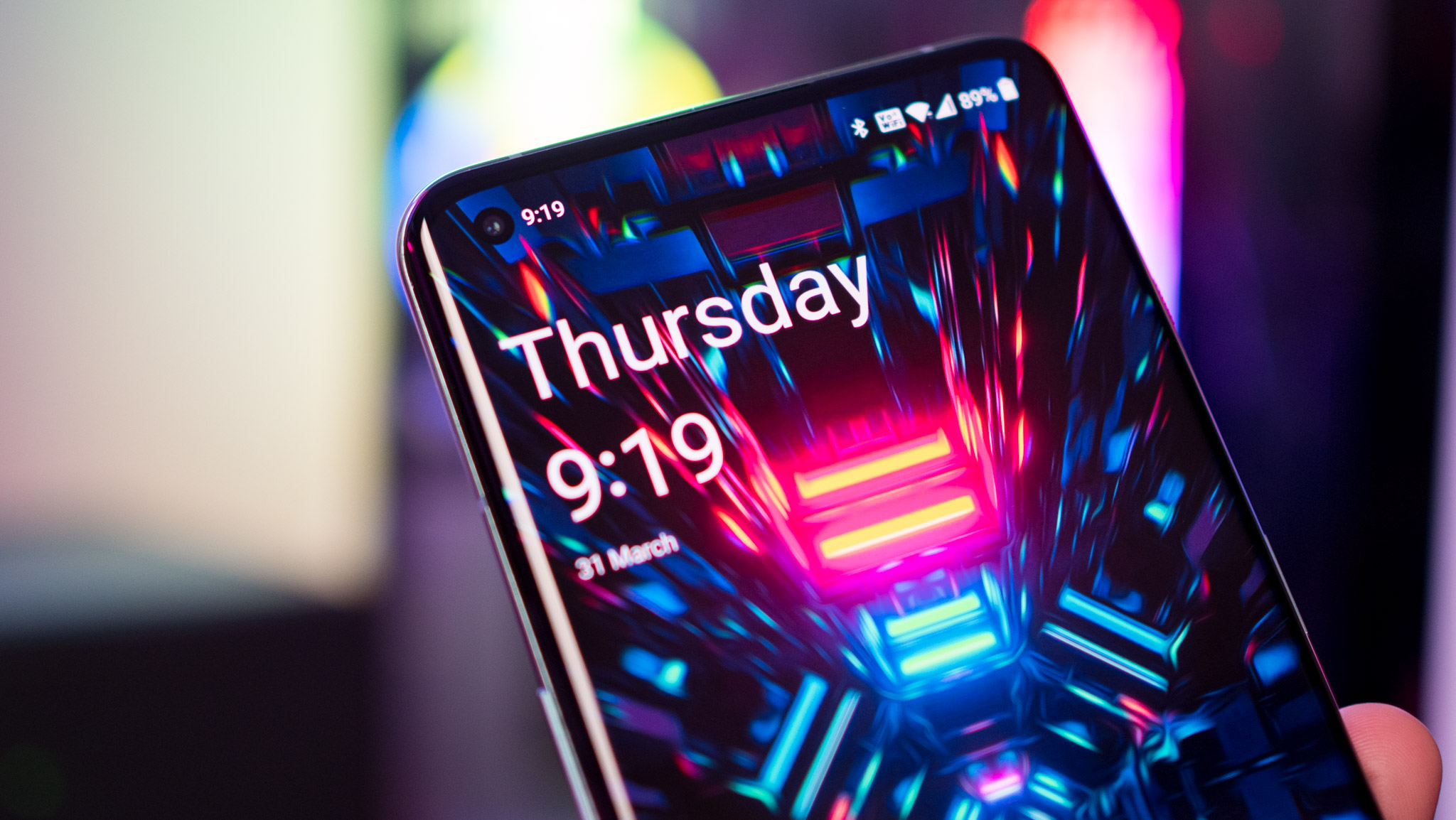
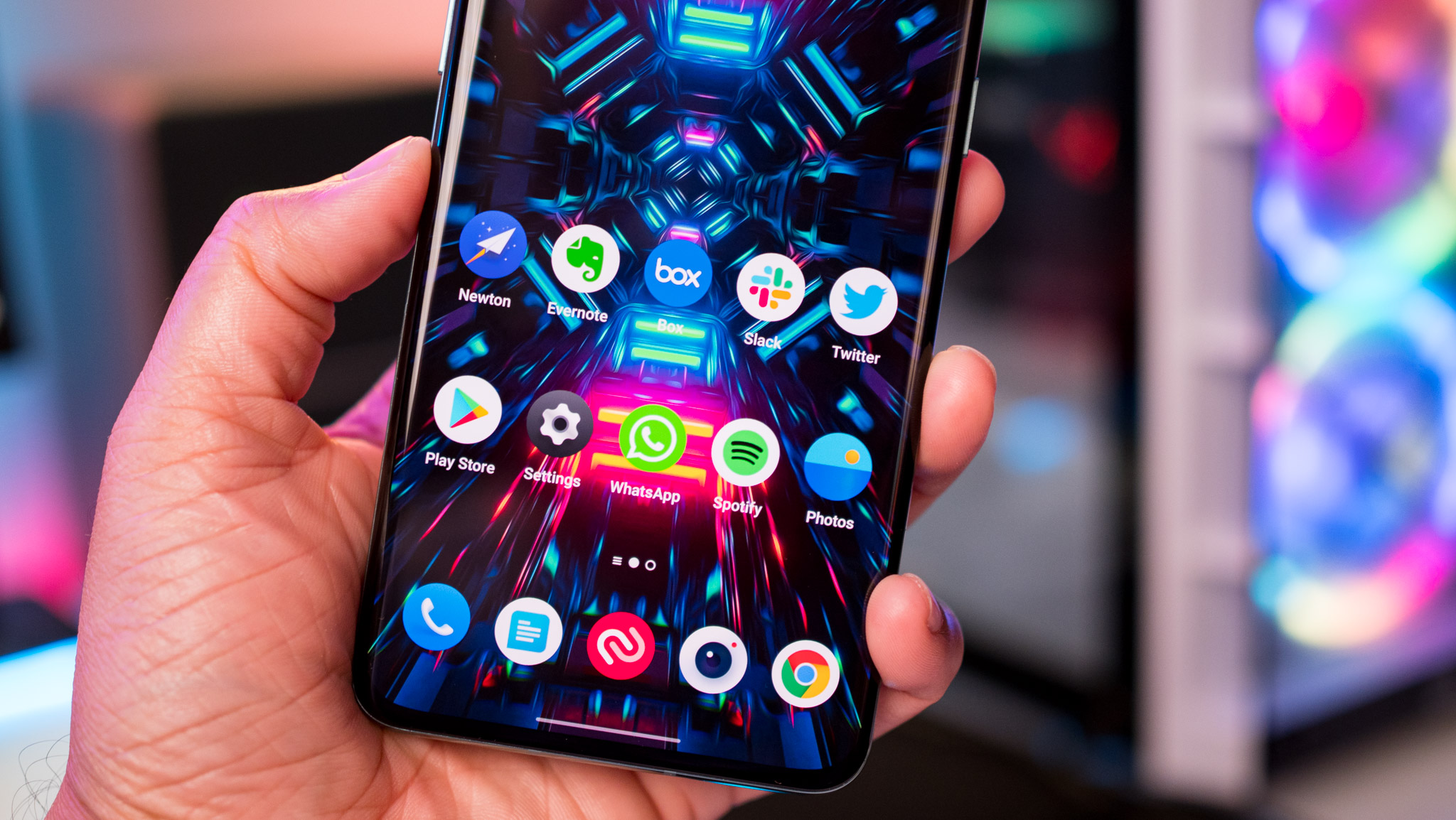

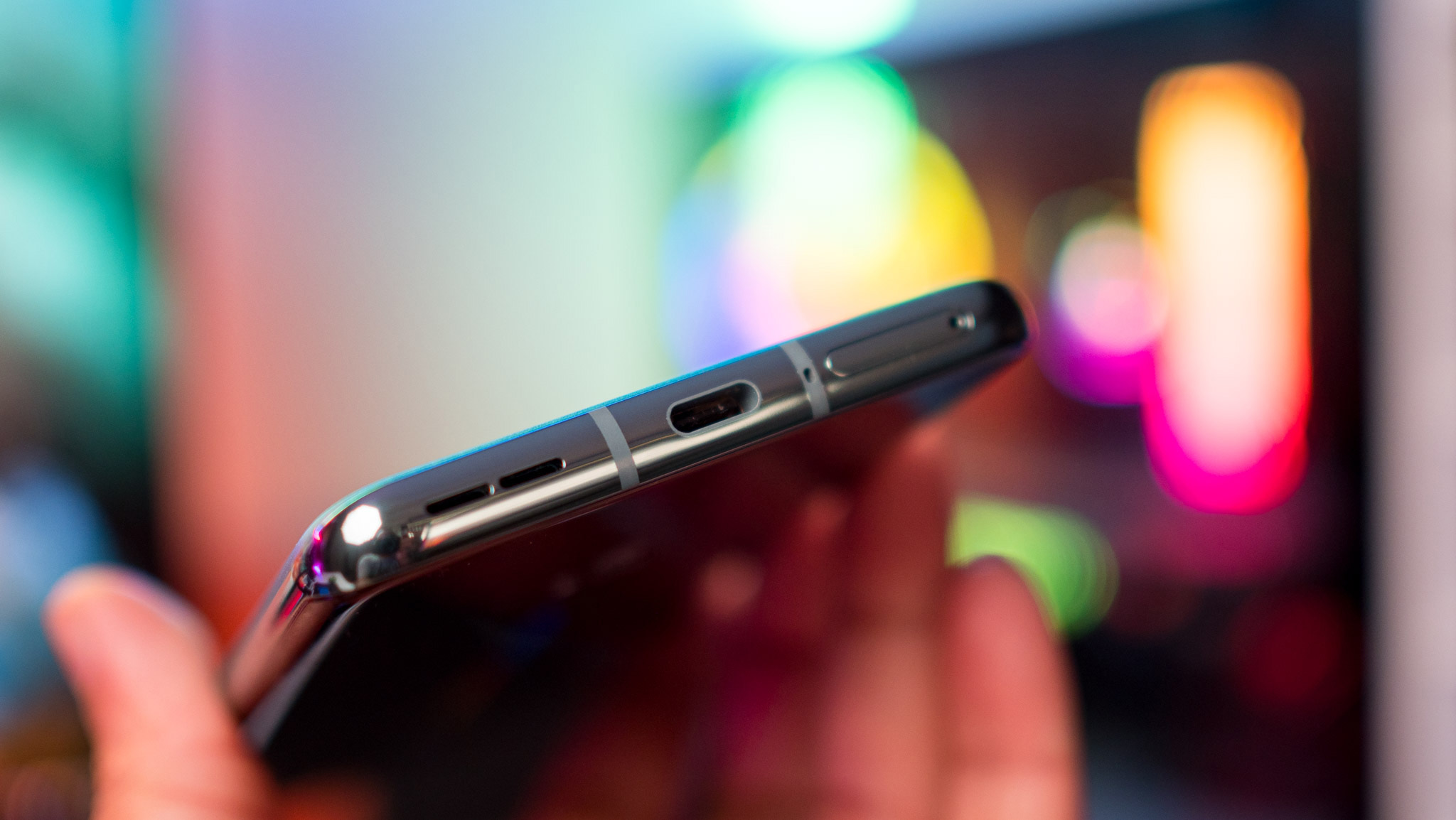
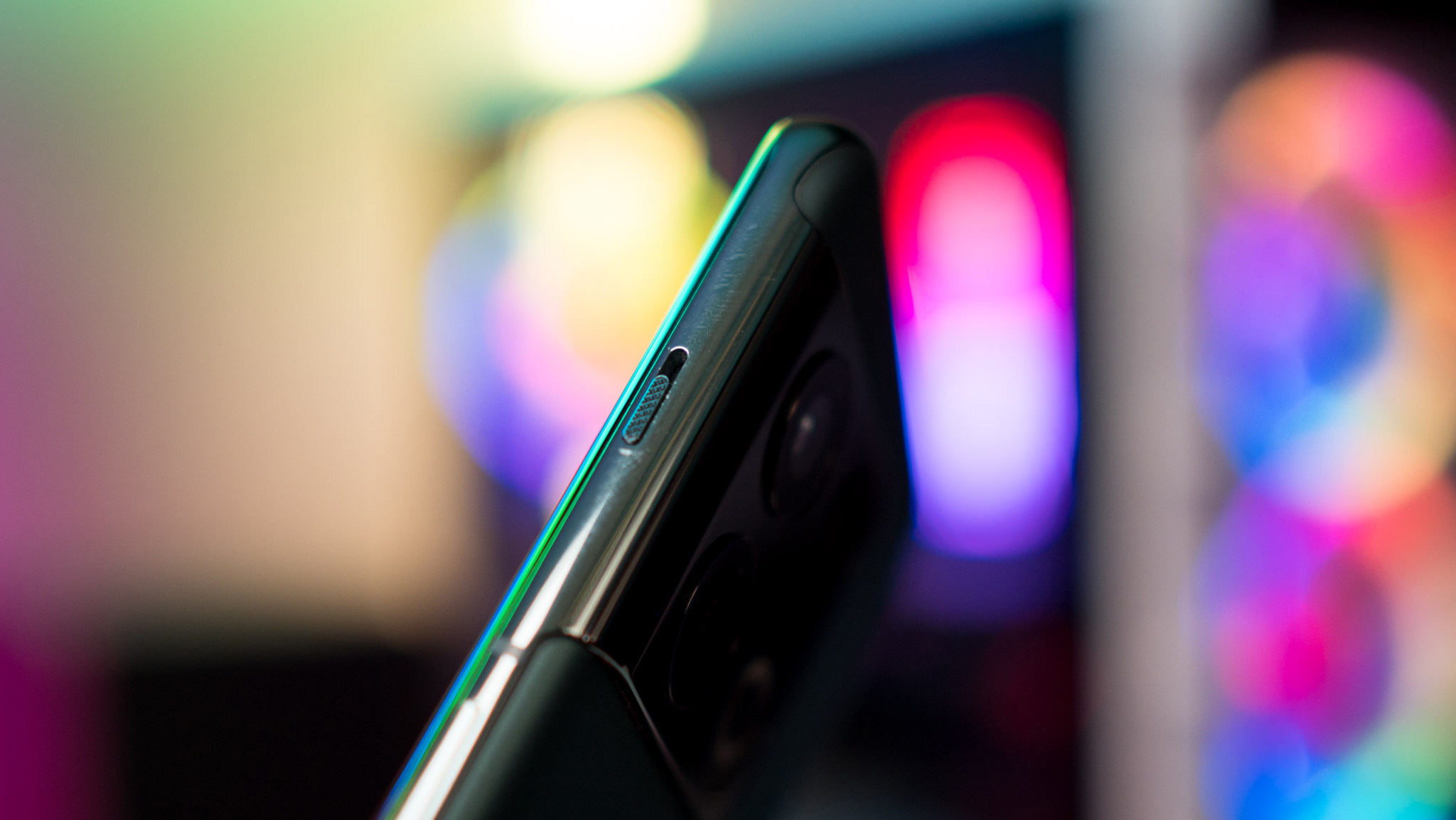
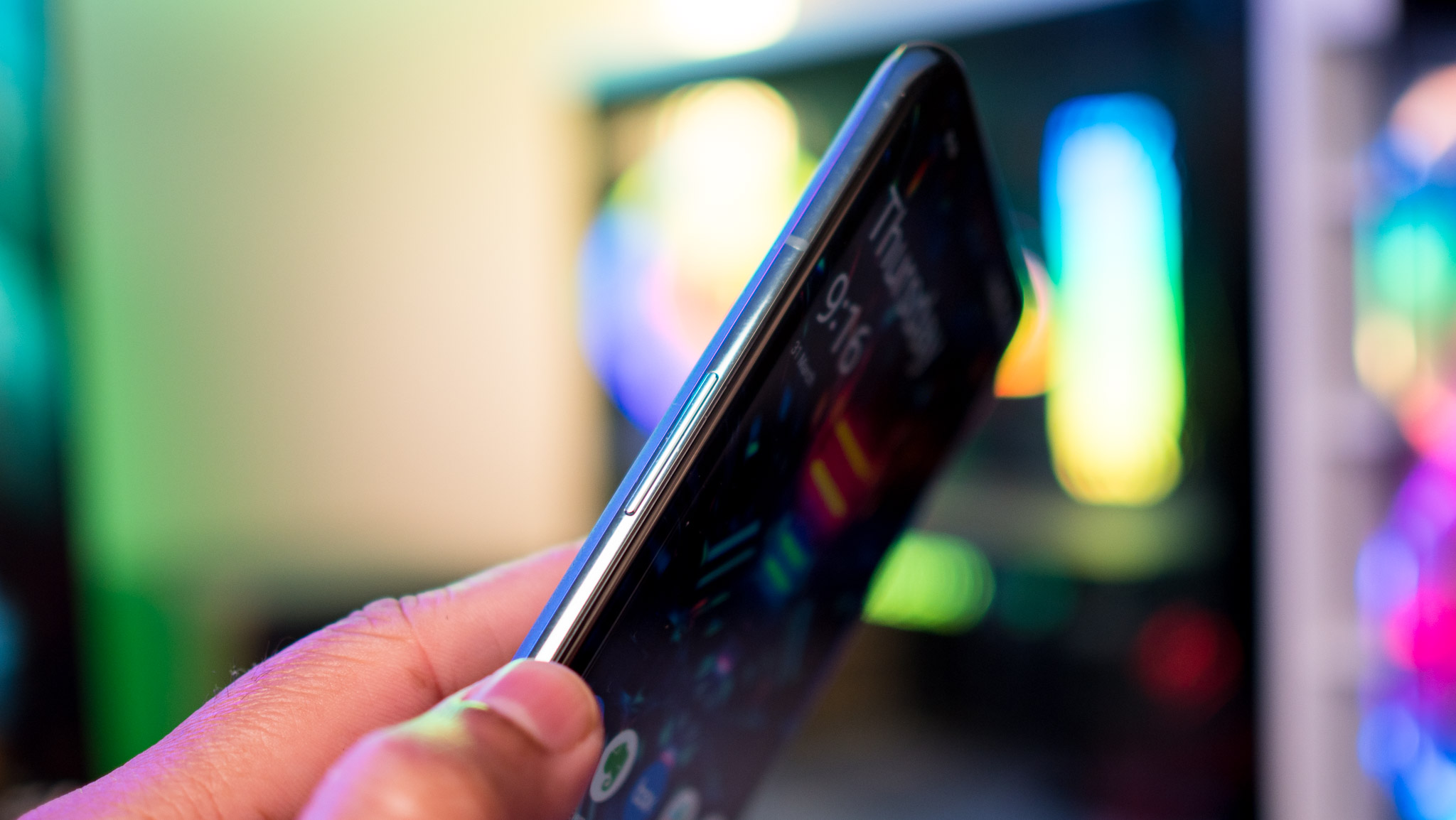
As for materials, the 10 Pro has a glass back that's covered in a layer of Gorilla Glass 5, with the mid-frame made out of aluminum. The phone's dimensions are virtually unchanged from the 9 Pro, and OnePlus says it distributed the weight toward the center; this makes a noticeable difference in day-to-day use. While the device is tall at 163mm (0.3mm less than the S22 Ultra), it doesn't feel unwieldy at all. And at 201g, it isn't too heavy either.
Elsewhere, you'll find the power button to the right, positioned just below the alert slider. The alert slider continues to be one of the best features on OnePlus phones, and I'm glad to see the feature intact. The volume rocker is to the left, you'll find the dual SIM card slot at the bottom next to the USB-C port, and the device has stereo sound.
OnePlus 10 Pro: Screen
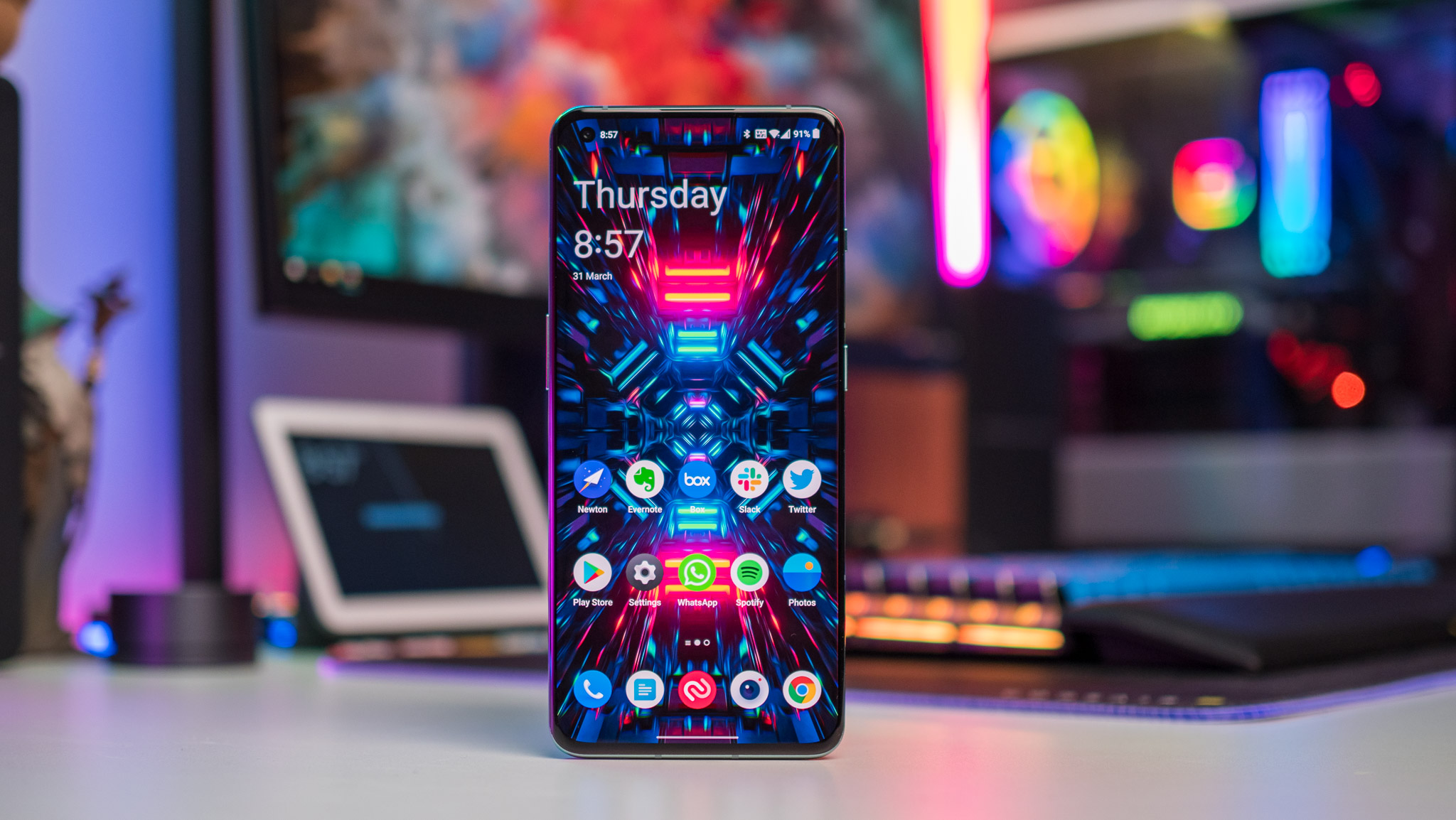
OnePlus is retaining the same 6.7-inch screen size as last year, and the 10 Pro gets the same QHD+ (3216 x 1440) resolution with 120Hz refresh. The screen has HDR10+, goes up to 800 nits in regular use, and 1300 nits for HDR content. And covering the screen is a layer of Gorilla Glass Victus.
What's new this year is Dual Color Calibration, where the screen is calibrated at 100 nits and 500 nits to deliver better color accuracy at low brightness levels. The screen on the Find X5 Pro was calibrated in a similar fashion, and it's great to see the 10 Pro getting the same benefits.
This QHD+ 120Hz AMOLED panel ticks all the right boxes.
Another new feature is LTPO2 tech, which automatically scales the screen from 1Hz to 120Hz based on content playing on the screen. If you're seeing a static image, the refresh rate is dialed back to conserve power. When you're playing a game or scrolling through social media, it goes up to 120Hz.
The panel itself ticks all the right boxes: you get vibrant colors, excellent contrast levels, great viewing angles, and high brightness levels. The screen is set to FHD+ at 120Hz out of the box, but you can change this to QHD+ at 120Hz. There are Vivid and Natural color modes, and a Pro mode lets you choose between DCI-P3 and sRGB color gamut. Individually of each mode, you can adjust the warmth of the screen as needed.
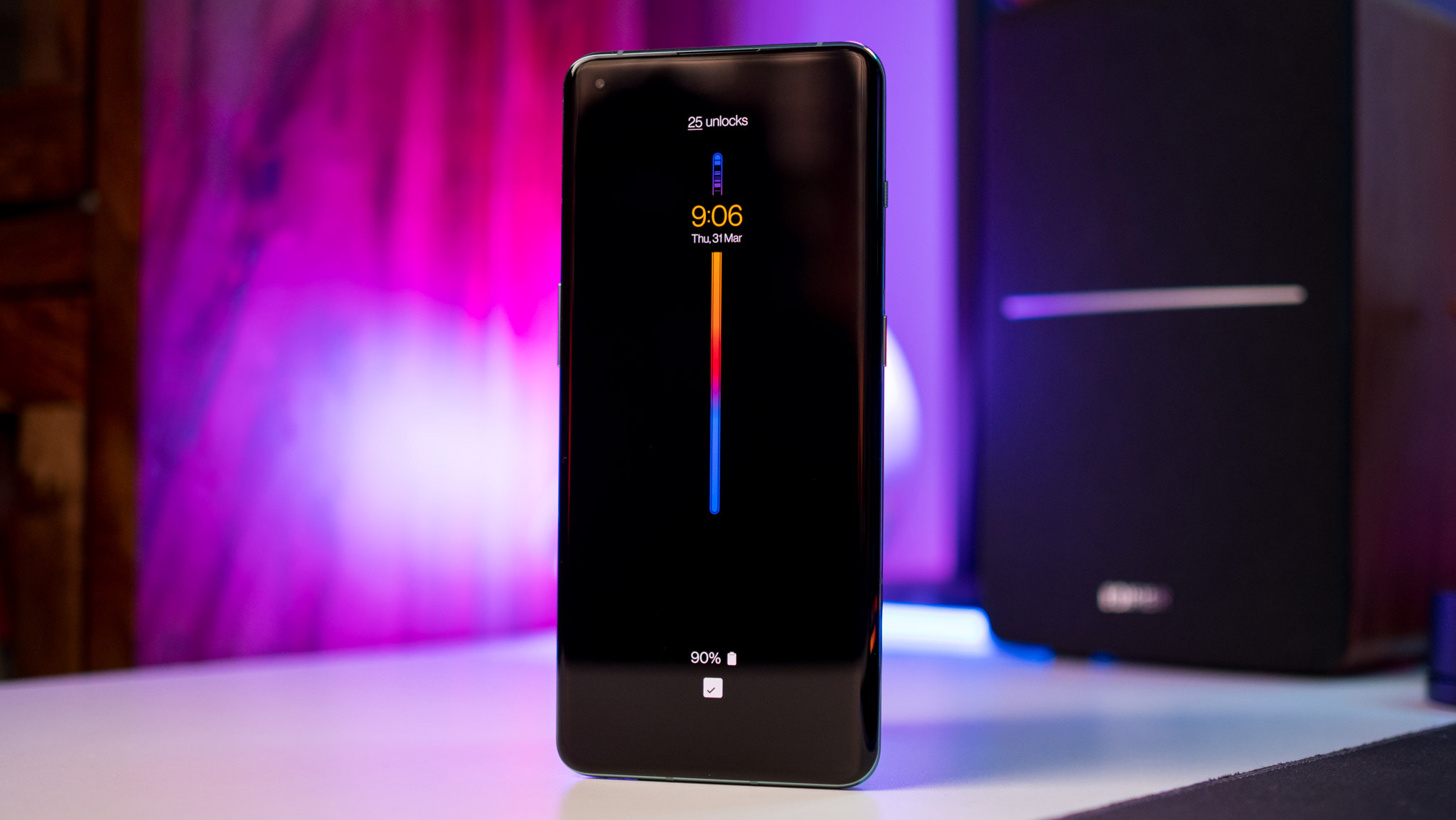
You'll also find a lot of useful extras here, including the ability to upscale videos and images, and the bright HDR mode unlocks the full potential of the screen. OxygenOS 12.1 has an always-on mode that lets you pick from 10 clock styles, and you get the Insight mode that gives you a visual indicator of how many times you used the phone and the number of unlocks over the course of the day.
Finally, you get stereo sound here, and it's pretty good. The Xiaomi 12 Pro is my baseline for onboard audio thanks to its quad-speaker configuration, and although the 10 Pro doesn't get as loud or detailed, there's distinct channel separation, and you'll notice it while playing games or streaming videos.
OnePlus 10 Pro: Performance
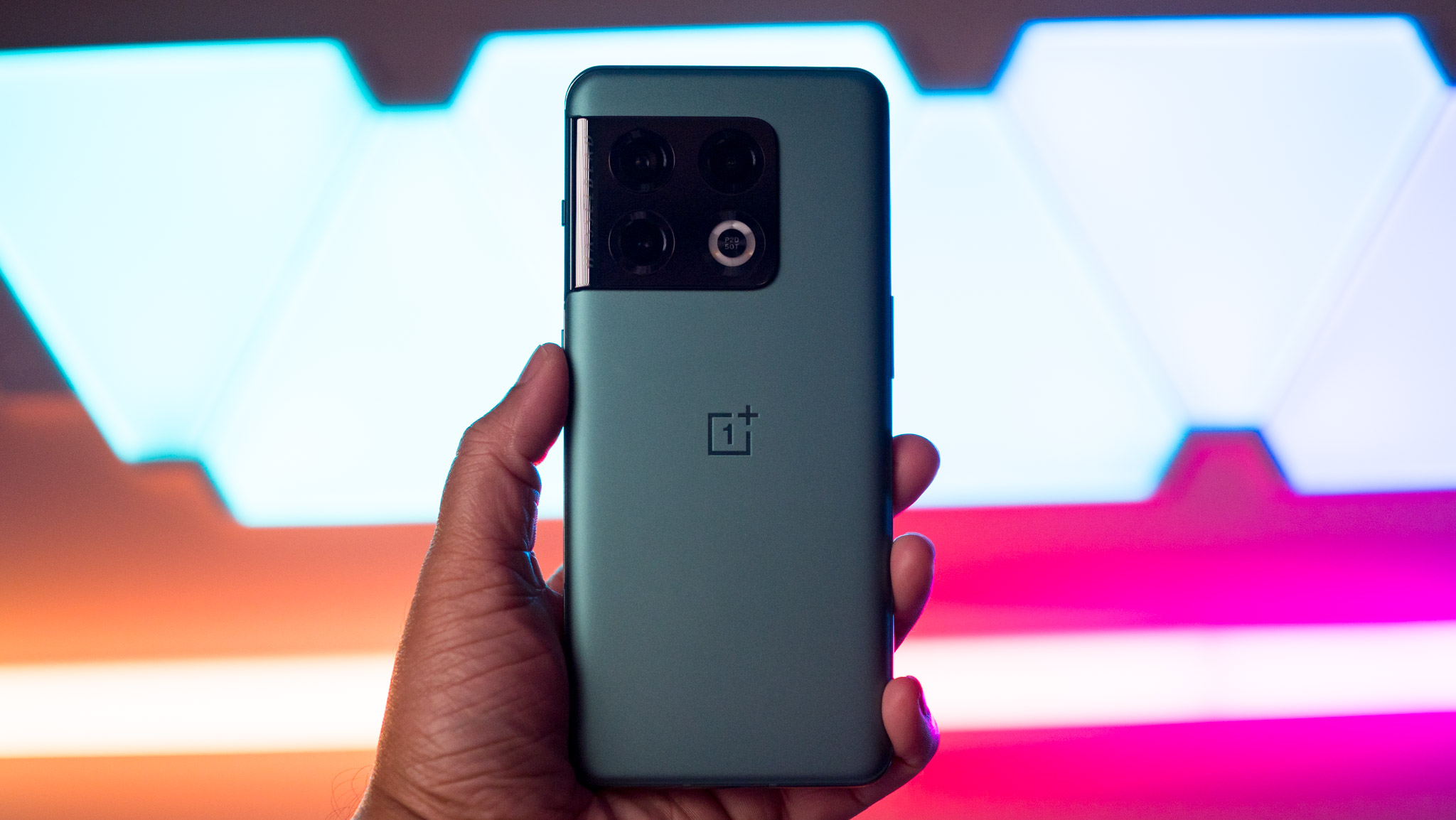
OnePlus always delivered the latest hardware on its flagship, and that's not changing in 2022. The 10 Pro is powered by the 4nm Snapdragon 8 Gen 1, and it includes a new heat management system that's designed to deliver better performance in gaming sessions, and there's a new vibration motor that is one of the best around.
There are several minor tweaks here, and before we get to the hardware, here's a high-level overview of what you're getting with the device:
| Category | OnePlus 10 Pro |
|---|---|
| Operating system | Android 12, OxygenOS 12.1 |
| Display | 6.7-inch 120Hz LTPO2 AMOLED |
| Row 2 - Cell 0 | 3216x1440 (20:9) |
| Row 3 - Cell 0 | Gorilla Glass Victus |
| Chipset | Snapdragon 8 Gen 1, 1 x 3.0GHz Cortex X2 |
| Row 5 - Cell 0 | 3 x 2.50GHz Cortex A710, 4 x 1.80GHz Cortex A510 |
| Row 6 - Cell 0 | Adreno 730, 4nm |
| RAM | 8GB/12GB |
| Storage | 128GB/256GB |
| MicroSD slot | ❌ |
| Rear camera 1 | 48MP, f/1.8, 1.12um, PDAF, OIS, 8K at 30fps |
| Row 11 - Cell 0 | Hasselblad Natural Color |
| Rear camera 2 | 50MP, f/2.2, 0.64um, wide-angle |
| Row 13 - Cell 0 | 150-degree field-of-view, fisheye lens |
| Rear camera 3 | 8MP, f/2.4, 1.0um, PDAF, OIS, 3.3x optical zoom |
| Front camera | 32MP, f/2.2, 1080p at 30fps, fixed-focus |
| Connectivity | 5G Sub-6, Wi-Fi 6, Bluetooth 5.2, NFC, A-GPS |
| Audio | USB-C, AptX HD, stereo speakers |
| Battery | 5000mAh |
| Charging | USB-C 3.1 Gen 1, 80W wired charging |
| Row 20 - Cell 0 | 150W wireless charging |
| Water resistance | ❌ |
| Security | In-display fingerprint (optical) |
| Colors | Volcanic Black, Emerald Forest |
| Dimensions | 163 x 73.9 x 8.5mm, 201g |
| Price | $899 (U.S.), £799 (UK), €899 (EU), ₹66,999 (India) |
The Snapdragon 8 Gen 1 is a known quantity at this point, so I'm not going to focus too much on what it has to offer. Instead, let's take a look at a few synthetic benchmarks to see how much of a difference there is over last year. These scores don't necessarily determine how well the phone holds up in real-world use, but they're a good indicator of the performance potential.
I'm positioning the OnePlus 10 Pro against last year's 9 Pro and throwing in the Nord 2 so you can gauge the performance difference between a flagship and a mid-range phone. I'm also including the Galaxy S22 Ultra and Xiaomi 12 Pro to highlight any differences between devices powered by the Snapdragon 8 Gen 1 platform. The scores listed below are an average taken over three runs.
| Category | OnePlus Nord 2 | OnePlus 9 Pro | OnePlus 10 Pro | Galaxy S22 Ultra | Xiaomi 12 Pro |
|---|---|---|---|---|---|
| CrossMark (Overall) | 645 | 813 | 869 | 998 | 881 |
| Productivity | 653 | 790 | 788 | 980 | 754 |
| Creativity | 664 | 824 | 928 | 989 | 1028 |
| Responsiveness | 570 | 853 | 956 | 1086 | 885 |
| Geekbench 5.1 (single-core) | 803 | 751 | 659 | 1004 | 1239 |
| Geekbench 5.1 (multi-core) | 2405 | 2868 | 3046 | 3151 | 3522 |
| 3DMark Wild Life (score) | 4227 | 5584 | 9596 | 6923 | 7381 |
| 3DMark Wild Life (FPS) | 25.3 | 33.45 | 57.45 | 41.5 | 44.2 |
| 3DMark Wild Life Extreme (score) | 1294 | 1317 | 2287 | 2098 | 1903 |
| 3DMark Wild Life Extreme (FPS) | 7.75 | 7.9 | 13.7 | 12.5 | 11.45 |
Geekbench is the ideal test for measuring CPU performance, and right off the bat, it's clear that there is a huge deviance in the results between all of the Snapdragon 8 Gen 1 devices. The chipset includes a Cortex X2 core that's clocked higher than the X1 on the Snapdragon 888, and it should deliver a 20 to 25% increase in performance.
However, the 10 Pro's single-core score of 651 is less than the 751 posted by the 9 Pro, and it suggests that the core is being throttled earlier than usual. I reached out to OnePlus and will update once I hear back.
We don't see these issues with the Galaxy S22 Ultra or the Xiaomi 12 Pro, with both devices posting single-core scores of over 1000. The multi-core test is designed to simulate real-world use, and here we see the 10 Pro fare slightly better, posting a score that's 6.5% more than the 9 Pro. But in this area, it's clear that Xiaomi is the one that's able to deliver better sustained compute performance before throttling its cores.
Where the 10 Pro comes into its own is in 3DMark, with the phone overshadowing its Snapdragon 8 Gen 1 by a considerable margin in the demanding Wild Life tests. What's interesting is that the scores are 42% higher than that managed by the 9 Pro. So although the CPU cores are being throttled on the 10 Pro, the Adreno 730 GPU is not limited anywhere as much, and that gives the 10 Pro an edge when playing demanding games.
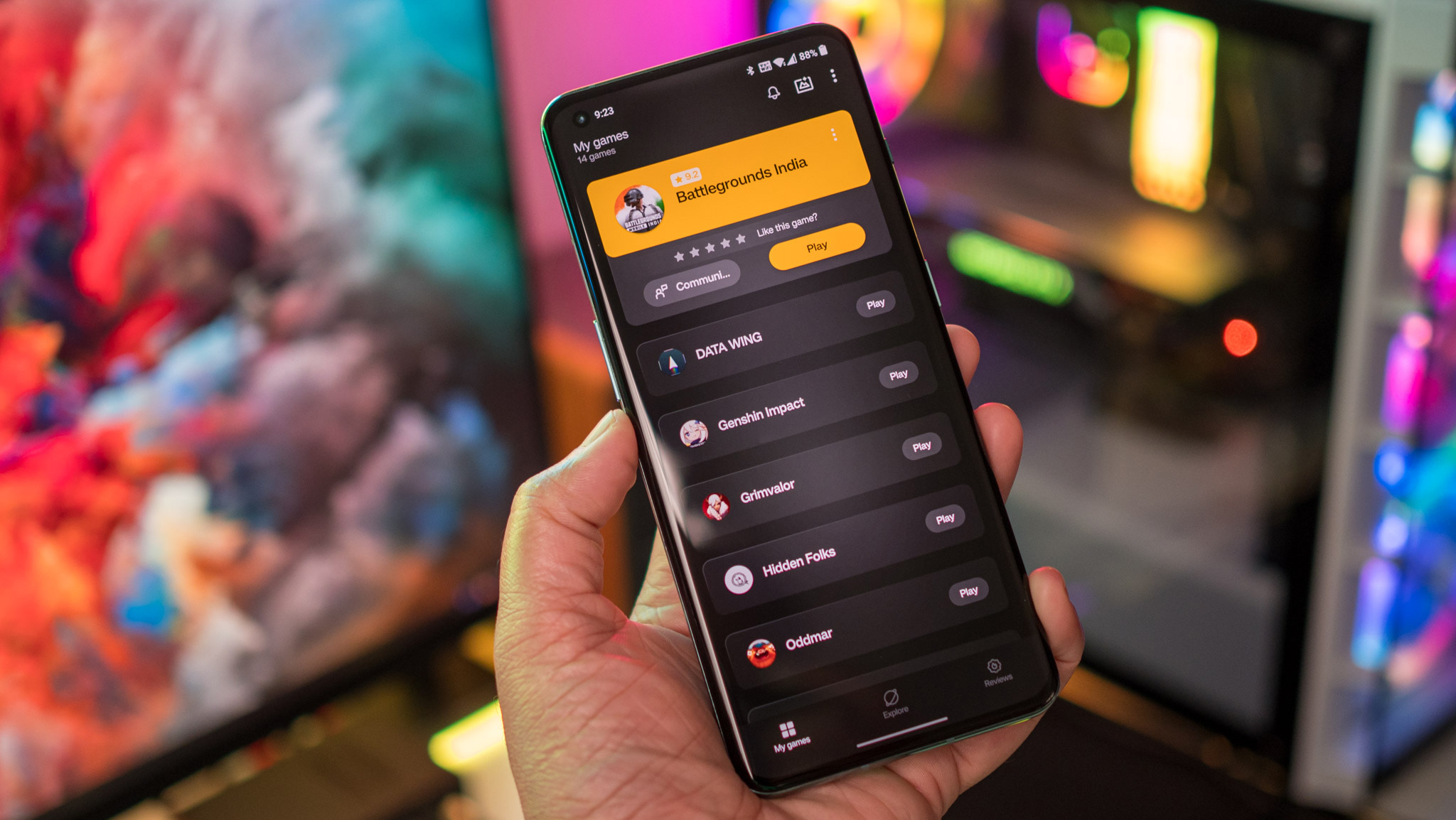
As for real-world use, the OnePlus 10 Pro is definitely one of the fastest phones around; I used it as my daily driver for ten days, and it has been phenomenal. The phone handles anything you throw at it with ease, it breezes through demanding games, and there's more than adequate power for just about any use case — it is easily one of the best Android phones for gaming.
Also, I didn't notice any instance where the Arm cores felt like they were being throttled, so it could just be a case of not letting the cores hit their maximum frequencies. In real-world use, you won't notice any slowdowns.
You also get 8GB of LPDDR5 RAM and 128GB of UFS 3.1 storage as standard, and there's a 12GB/256GB option available — although that isn't launching in North America anytime soon. The base model should be adequate for most users, but you'll ideally need the 256GB variant if you're looking to store a lot of videos locally.
OnePlus 10 Pro is one of the fastest phones you can buy today.
OnePlus is using a new 5-layer 3D Passive Cooling System to dissipate the heat, and it isn't the only one doing so; all BBK devices featuring the Snapdragon 8 Gen 1 have a similar cooling system. I didn't notice any overheating even during gaming sessions, so I guess the new system is doing a decent job managing the thermals.
One feature I like is the new vibration motor; the 10 Pro gets an SLA X-axis linear motor that delivers much better haptic feedback. OnePlus says the motor is 40% stronger and twice as responsive as the one on the 9 Pro and using both devices side-by-side, that is immediately evident.
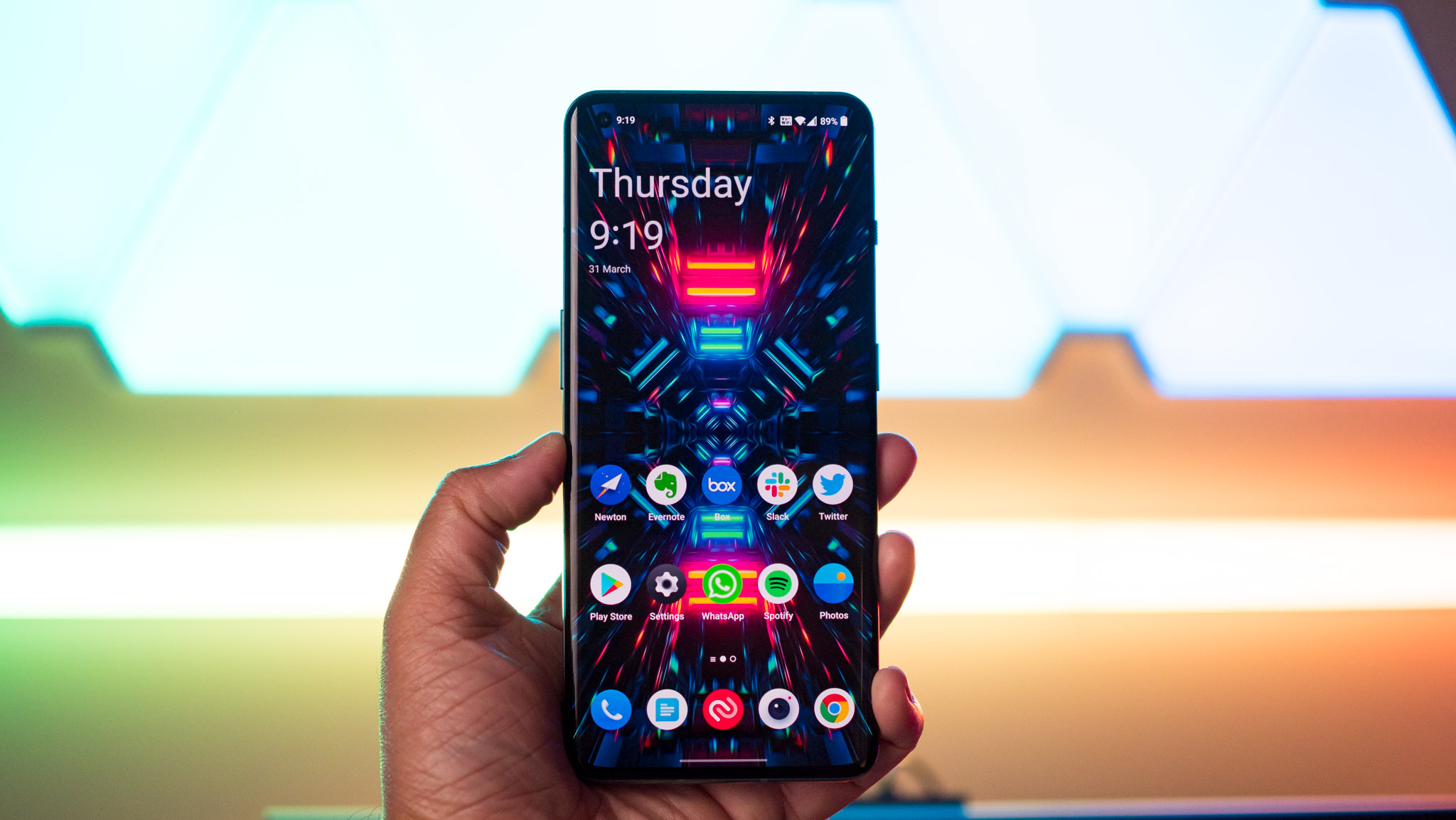
You get detailed feedback, and because the phone is using the same motor as the Find X5 Pro, it has the same customization options to tweak the vibration settings within OxygenOS 12.1. It's safe to say that this is one of the best haptic engines you'll find on an Android device today.
As for connectivity, the 10 Pro gets Wi-Fi 6 along with Bluetooth 5.2, NFC, AptX HD, LDAC, and the usual suite of sensors. The lack of Wi-Fi 6E is a bit of a letdown, but in my use, the 10 Pro managed to deliver a strong connection over Wi-Fi 6, and I didn't have any issues in this area. The same goes for cellular connectivity; I wasn't able to test 5G as there are no viable 5G networks in India, but I routinely got over 40Mbit over Airtel's 4G network in Hyderabad.
5G bands have been a point of contention for the 9 Pro last year, and that's thankfully not the case this time. The 10 Pro has n1, n3, n5, n8, n40, n41, n78, and n79 5G bands in India, with the UK model featuring 18 bands in total: n1, n2, n3, n5, n7, n8, n20, n25, n28, n30, n38, n40, n41, n48, n66, n71, n77, n78.
Calls went through without any issues as well; my carrier has Wi-Fi calling as standard, and calls came through loud and clear. The phone has two mics, and they were able to pick up my voice with ease.

An annoying issue on the 9 Pro was the position of the in-screen fingerprint reader; it sat too low on the screen, making it awkward to unlock the phone. That's changed with the 10 Pro as well, and the phone's in-screen module sits higher up on the screen. The sensor itself is fast to authenticate and reliable.
Now, there is one area where the 10 Pro is a downgrade from last year: IP68 dust and water resistance. The 9 Pro came with IP68 as standard globally, but that isn't the case with the 10 Pro. OnePlus says the chassis is reinforced for water ingress but that the IP68 rating is limited to carrier models in North America, with the likes of T-Mobile and Verizon footing the bill.
This stance doesn't really make much sense given the 10 Pro is positioned as a flagship, and an IP68 rating is a table-stakes feature at this point — the only other 2022 flagship I've used that doesn't include it is the Xiaomi 12 Pro. For what it's worth, my 10 Pro held up just fine after being submerged in water, but without any IP rating, you lose out on warranty should the device run into any issues with water damage.
OnePlus 10 Pro: Battery life
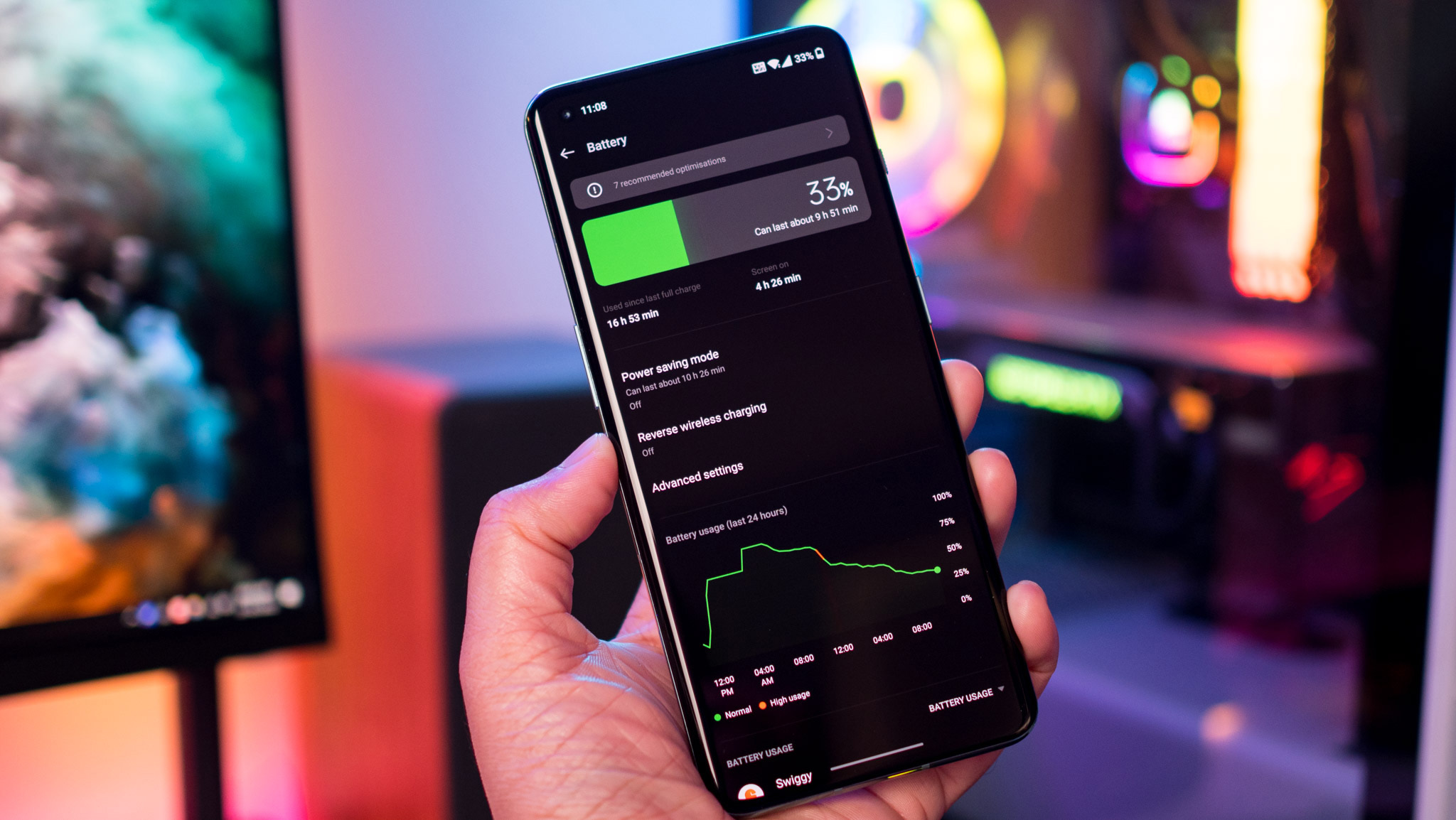
The OnePlus 10 Pro comes with a few upgrades on the battery side of things. There's a larger 5000mAh battery, and the phone has 80W fast charging and 50W wireless charging as standard — at least in global markets. Unfortunately, the North American model is limited to the same 65W standard as last year, with OnePlus noting that the region's 110v voltage doesn't meet the requirements of its 80W charging tech.
Another change this year is the branding. The 80W fast charging tech is labeled SuperVOOC, with the 50W wireless tech getting the AirVOOC moniker. If you've followed OnePlus for any meaningful time, you'll know that its fast charging tech is usually called Warp Charge. OnePlus says it changed the branding to OPPO's convention following its merger, so all OnePlus devices going forward will get the SuperVOOC designation.
You now get 80W wired charging as standard — at least outside North America.
To be fair, OnePlus licensed OPPO's charging tech from the very beginning, and its main contribution included rebranding the tech to Dash Charge and then Warp Charge and bundling a red cable with its devices. The red cable has weathered the merger, but the branding did not.
On that note, the bundled 80W charger misses out on USB PD, so you can only use it with the 10 Pro. With the 8T onwards, OnePlus started offering USB PD as standard on its 65W chargers, and that made them much more versatile; I routinely use these chargers with other devices. But with the 80W tech, the power profile is limited to 11V/7.3A or 5V/2A. So you get the full 80W or 10W — there's no middle ground.
Now, the North American model doesn't have this issue, as it still has the same 65W charger as the 9 Pro — so you get USB PD. On balance, I think North American customers are coming out ahead here.
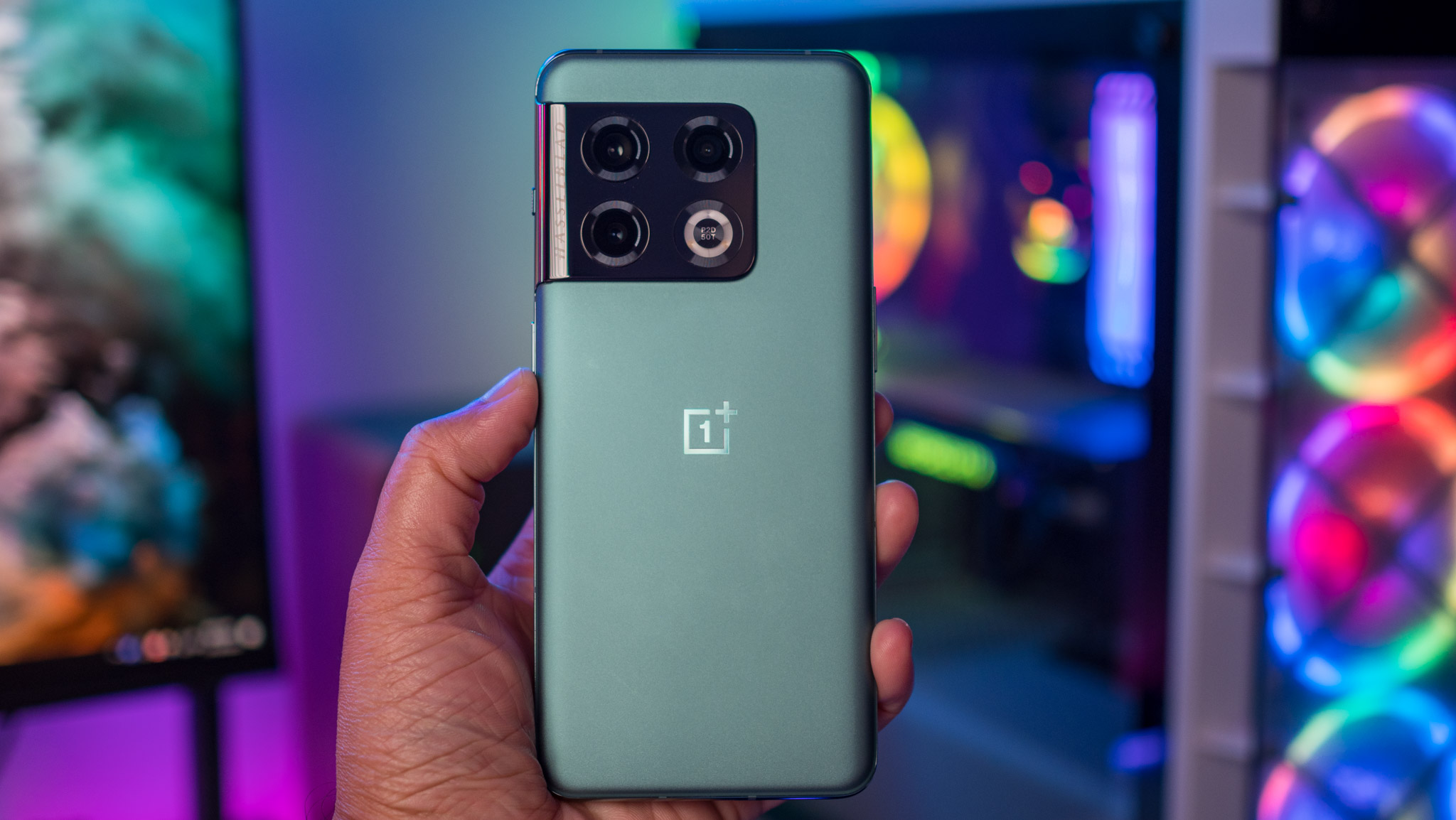
Anyway, back to the battery. The phone has two 2500mAh cells that charge simultaneously, with a full charge taking under 35 minutes. A ten-minute charge gets you to a 50% charge level — more than adequate for several hours' worth of use. And if you're using the 50W wireless charger, it takes 50 minutes to fully charge the device.
The battery life itself is really good. In the ten days I used the phone, there wasn't a single instance where the battery level fell below 20%. I got well over five hours of screen-on-time spread out over the course of 18 hours, and the larger battery definitely alleviates any worries around battery longevity.
The OnePlus 10 Pro manages to last an entire day with ease.
OnePlus offers an optimized charging mode, and while the feature isn't new, it makes a huge difference if you're like me and like to plug the phone in overnight. I start my day at 6 am, and after two days of use, the phone understood my habits and optimized the charging routine based on my usage.
Here's how that works: it slowly charges the battery until it gets to an 80% level, and then holds that charge level until a few hours before you take it off the charger. So in my use case, it was sitting at 80% charge until 4 am and then charged up to 100% by 5 am, an hour before I usually take the phone off the charger.
Whenever the phone is plugged in overnight, it charges the battery slowly to preserve its longevity. Talking about battery longevity, the 10 Pro is touted to last the same 800 charge cycles before you'll see any battery degradation — the same as other devices in this category.
With OPPO introducing the Battery Health Engine on the Find X5 Pro and doubling that figure to 1,600 charge cycles, I was looking forward to the tech making its way to the 10 Pro, but that isn't the case. Maybe next year.
OnePlus 10 Pro: Cameras

OnePlus isn't making too many changes around camera hardware for the 10 Pro. The phone has the same 48MP Sony IMX789 primary lens as the 9 Pro, and like last year, it has OIS. There's the same 8MP OmniVision OV08A10 telephoto lens with 3.3x optical zoom and OIS, and for the wide-angle lens, OnePlus switched out the IMX766 to a 50MP Samsung JN1 with a 110-degree field-of-view.
The wide-angle lens can go up to 150 degrees, and you get a fisheye lens in this mode. There's a 32MP camera at the front, and unlike the Find X5 Pro, you don't get the new RGBW Sony IMX709 sensor; instead, it's using the Sony IMX615.
OnePlus is once again teaming up with Hasselblad, and while the camera hardware isn't any different, the tuning algorithms have been overhauled.
OnePlus is once again collaborating with Hasselblad to tweak the color balance of its cameras, and unlike last year, the focus with the 10 Pro is on delivering natural colors. Hasselblad's Pro mode can now be used with the wide-angle and zoom lenses, and you now have the ability to shoot photos in 10-bit color via all three sensors. In this mode, photos are saved in the HEIF file format. In Pro mode, there's a RAW+ setting that lets you shoot at 12-bit RAW, giving you additional creative freedom.
Another new feature is a set of three filters that have been tuned by Hasselblad Masters. These include Serenity (good for portraits), Radiance (stylized shots), and Emerald (outdoor nature shots). These filters do a good job making shots look more dramatic, but the 10 Pro isn't the only device to have them — you'll find the same filters on the Find X5 series.
For video recording, there's now a Film mode that lets you record footage in a LOG format, giving you much more control over editing the footage. There's also a Dual-View Video mode that lets you shoot footage from the front and rear cameras at once, and Hasselblad's XPan mode is intact. Like last year, you can shoot 8K footage at up to 30fps, and 4K at up to 120fps.
On the subject of video, the front camera is limited to recording 1080p footage even though there are no inherent sensor limitations. OnePlus says it is still considering the feature, and 4K recording might show up at a later point. But for now, the front camera only goes up to 1080p.
The camera interface itself is unchanged from the 9 Pro; you get the same shooting modes in a ribbon at the bottom, toggles for AI, HDR, flash, high-res mode, filters, Google Lens, and the three sensors. There's also the distinctive orange shutter button, and the leaf shutter sound from Hasselblad's cameras is back.
















Although OnePlus didn't change the IMX789 lens, it says that it tuned the sensor to deliver better dynamic range and decrease noise levels this year. That's evident in day-to-day use, with the 10 Pro eking out a slender lead over its predecessor. Shots taken in daylight look fantastic, with plenty of detail, great dynamic range, and little to no noise levels. The phone does a great job in low-light scenarios as well, preserving detail and accurate colors while minimizing noise.
The 9 Pro also took great photos in challenging situations, but the camera tuning favored exaggerated colors. That isn't the case this time, with the 48MP lens delivering accurate colors in just about every scenario. And the dedicated Night mode does a great job bringing out highlights and shadows while maintaining detail.
Portraits are also much better. There are a few instances where it doesn't quite manage to nail the segmentation, but it is a better showing than last year's 9 Pro.
The wide-angle lens, however, isn't as good as last year, and a lot of it has to do with the fact that it is a smaller sensor this time. It doesn't manage to deliver the same color balance, there's a lot of noise in low-light situations, and it is lacking in detail. It feels like OnePlus wanted to focus on 150-degree FoV as a differentiator and used that as an excuse to switch out what was arguably one of the best wide-angle lenses around.
Similarly, the zoom lens struggles to retain detail beyond a 2x zoom factor, and while OnePlus says that it tweaked the algorithm to deliver better digital zoom at up 30x, that doesn't really hold up in real-world use. If you need a good telephoto lens, you will need to pick up Samsung's flagship.
The 32MP camera at the front has a wider field of view, and it now works with Night mode. It does a much better job than the selfie camera on the 9 Pro, with skin tones looking natural. It still isn't quite as good as the one on the Find X5 Pro, but a much better showing in the context of OnePlus phones.
Overall, the OnePlus 10 Pro does a great job with its 48MP lens, but its auxiliary cameras aren't as good as its immediate rivals. Xiaomi, for instance, has a much better wide-angle lens this time around, and the Find X5 Pro has phenomenal 50MP primary and wide-angle cameras. The Galaxy S22 Ultra is the outright leader if you want versatile cameras that deliver in any scenario.
As is often the case with OnePlus, the 10 Pro will get software updates over the coming weeks with camera fixes, so I'll revisit this review once those updates are available to see if there's any tangible difference.
OnePlus 10 Pro: Software
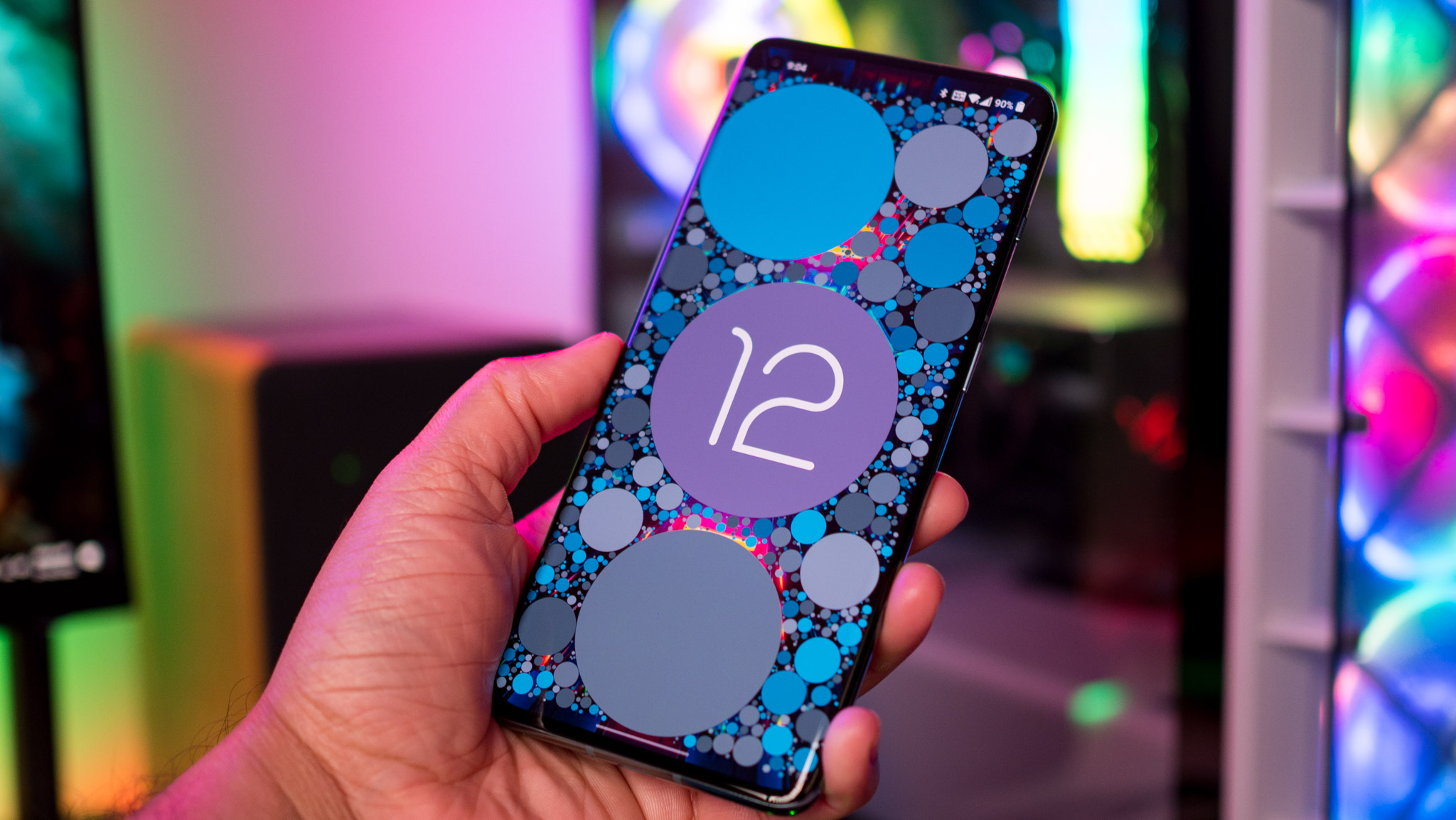
I talked a lot about OnePlus's software failings over the last 18 months, so I'm not going to rant about the state of OxygenOS here. Instead, I'm going to focus on what the current iteration of OxygenOS has to offer, and if it's any better than the debacle that was OxygenOS 12.
As a refresher, the 10 Pro runs OxygenOS 12.1 based on Android 12 out of the box. The phone will get three guaranteed Android OS updates and four years of security patches. OnePlus says it won't deliver monthly updates, instead rolling out security patches as needed, so it's likely the device will get the usual cadence of quarterly security updates that's followed by mid-range phones.
OnePlus is making positive strides, but it has a long way to go before OxygenOS is back to its former glory.
Right off the bat, it's easy to see that OxygenOS 12.1 isn't as bug-ridden as the builds that made their way to the OnePlus 9 and 9 Pro. It isn't without its own shortcomings — all of which I'll outline below — but from a day-to-day usage point of view, it is relatively stable. The software uses ColorOS 12 as a foundation, but you get a few OnePlus exclusive features on top, like Shelf, Scout, and Work Life Balance 2.0.
Let's start with the features that have been ported over from ColorOS 12. You now get three settings for dark mode — Gentle, Medium, and Enhanced — giving you the ability to pick the intensity of dark mode based on your tastes. This debuted with ColorOS 11 but wasn't available on OxygenOS 11.3, instead debuting with the Android 12 version. There's also Private Safe, a feature that lets you lock sensitive photos, videos, or documents behind a password.
OxygenOS 12.1 uses the ColorOS notification shade as default, along with the app drawer, first-party icons, Art+ icon customization, home screen organizer, PIN requirements (minimum of six digits versus four), system transitions, and the settings page. Think of OxygenOS 12.1 as ColorOS 12 with a few modifications — sort of like a skinned version of the interface.
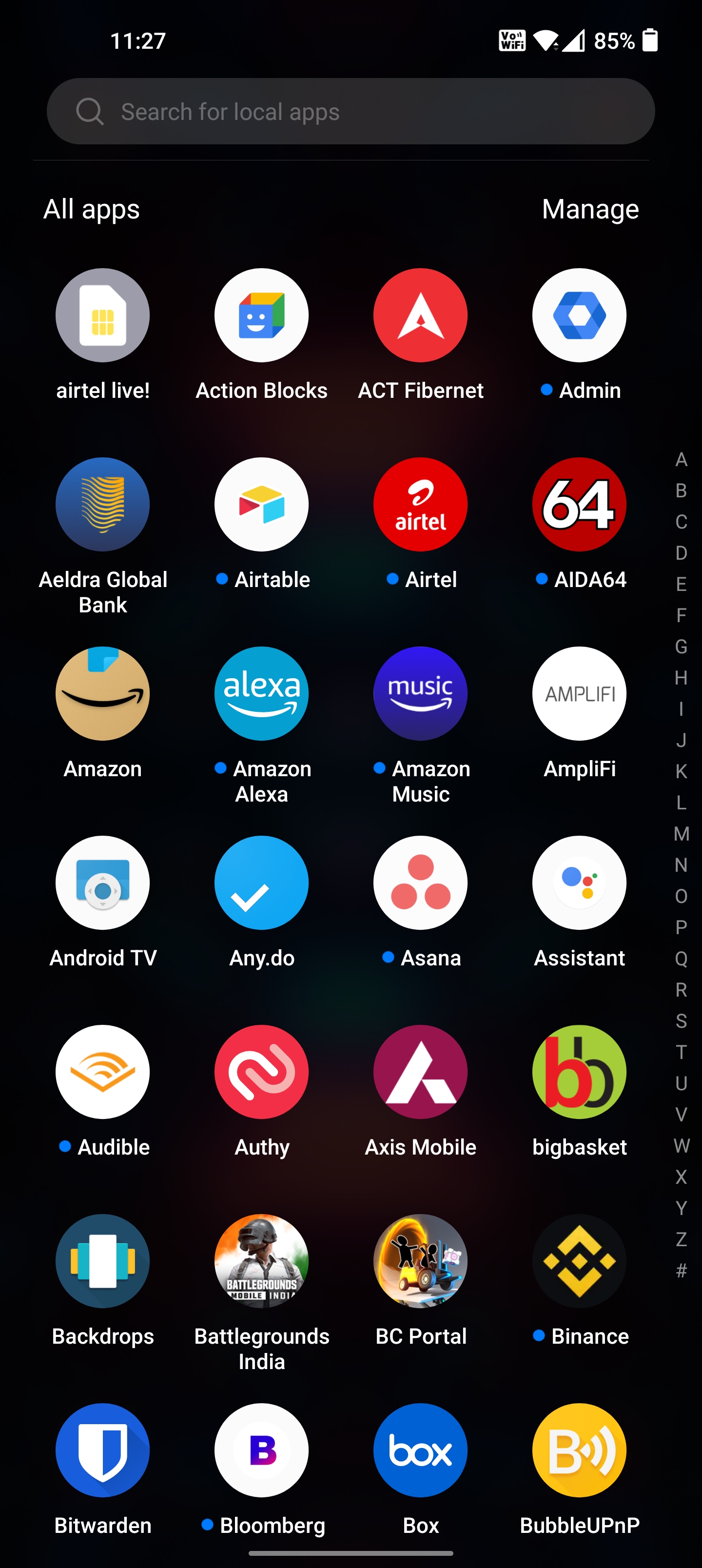
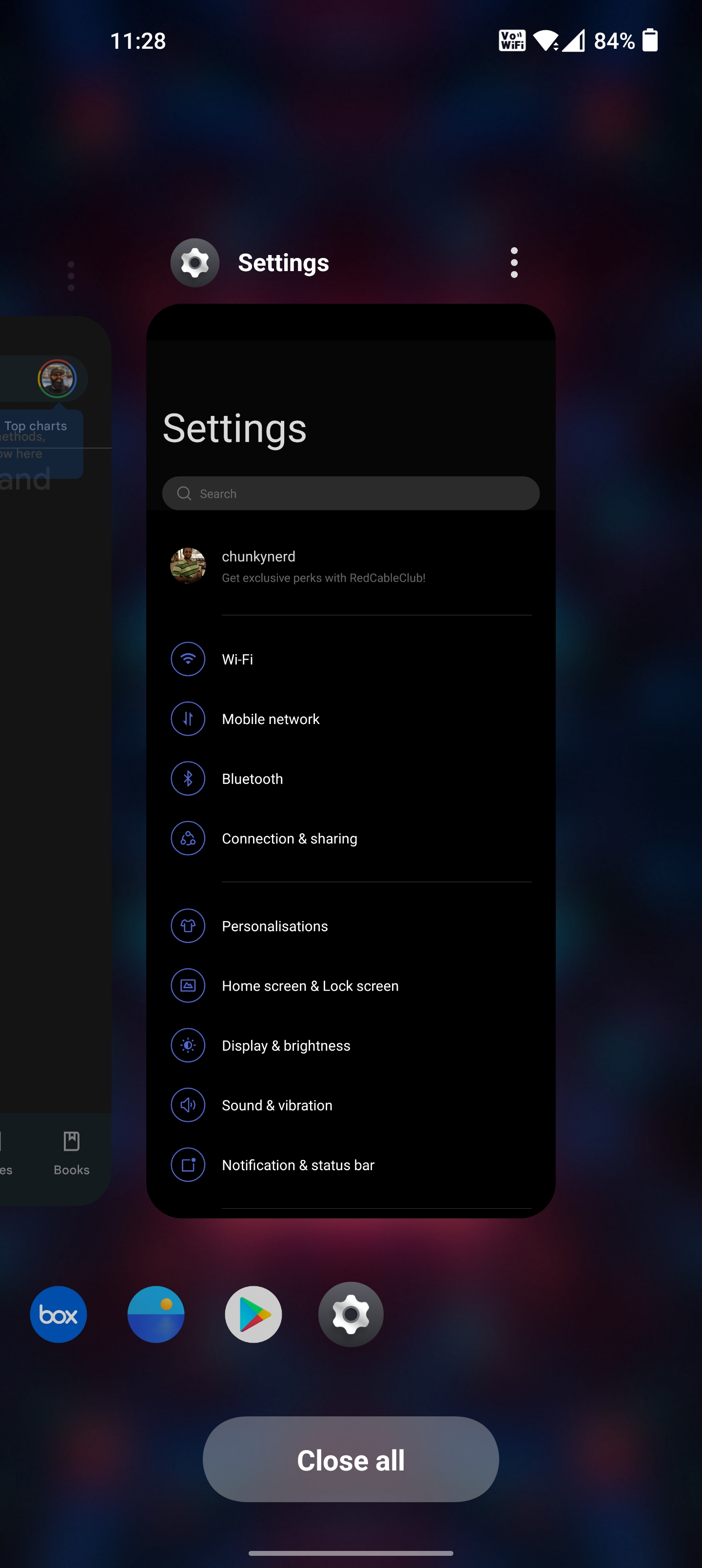
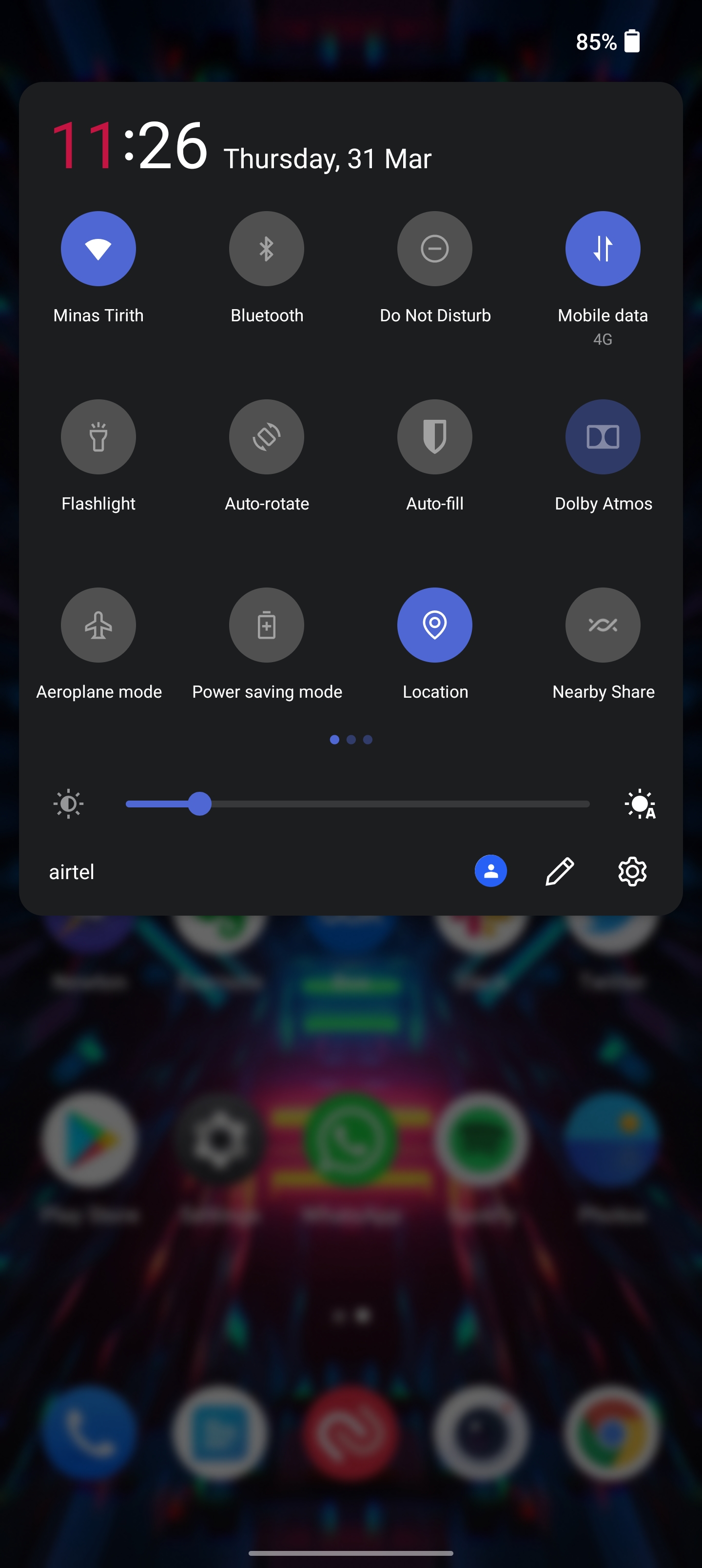
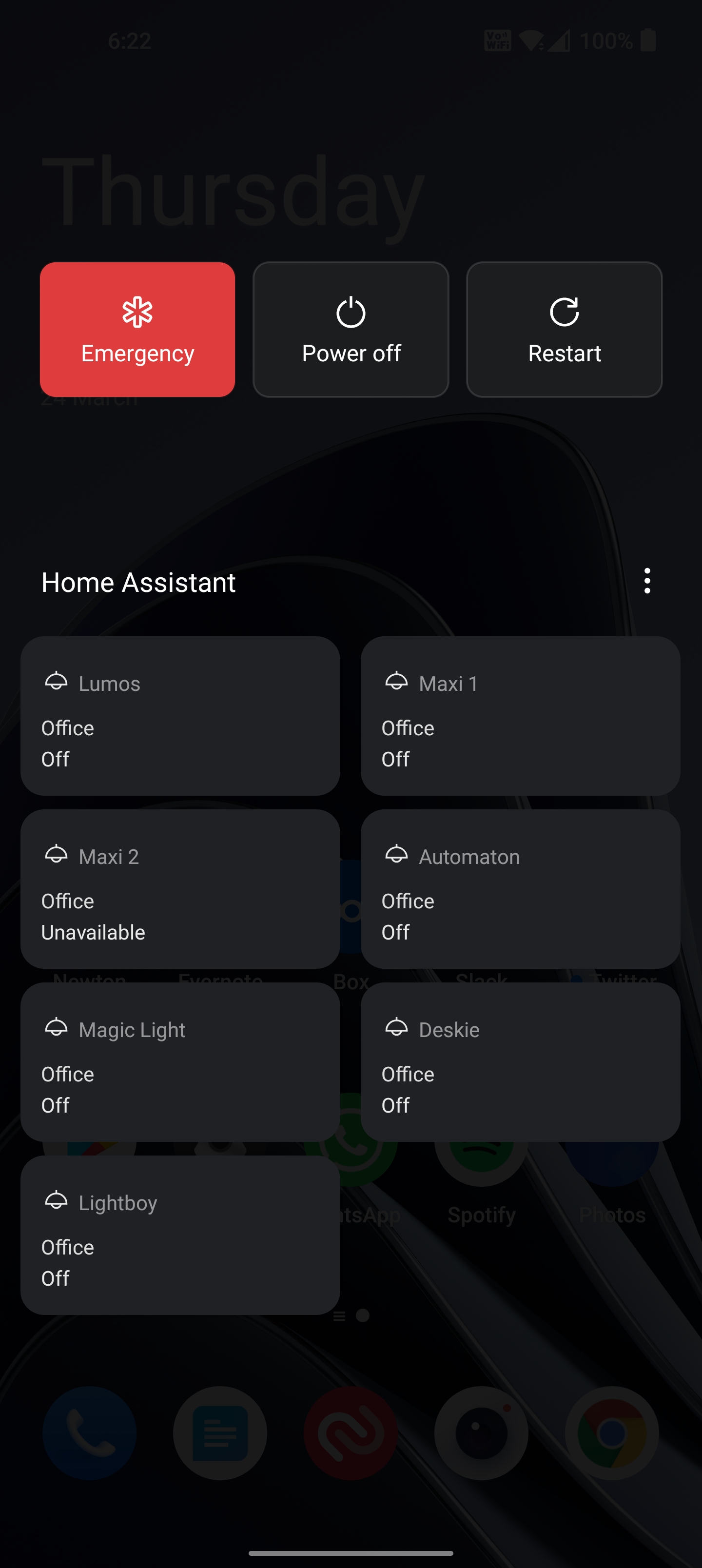
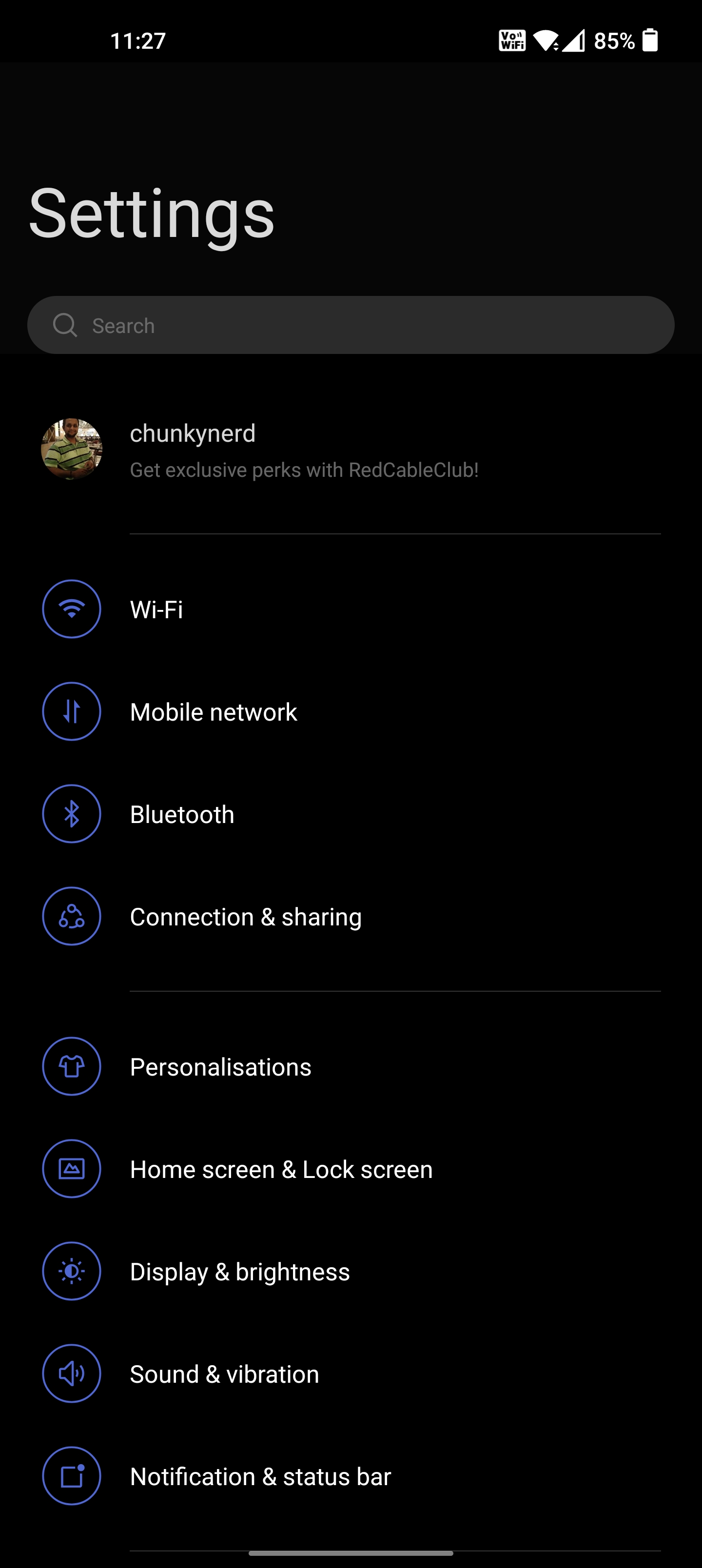
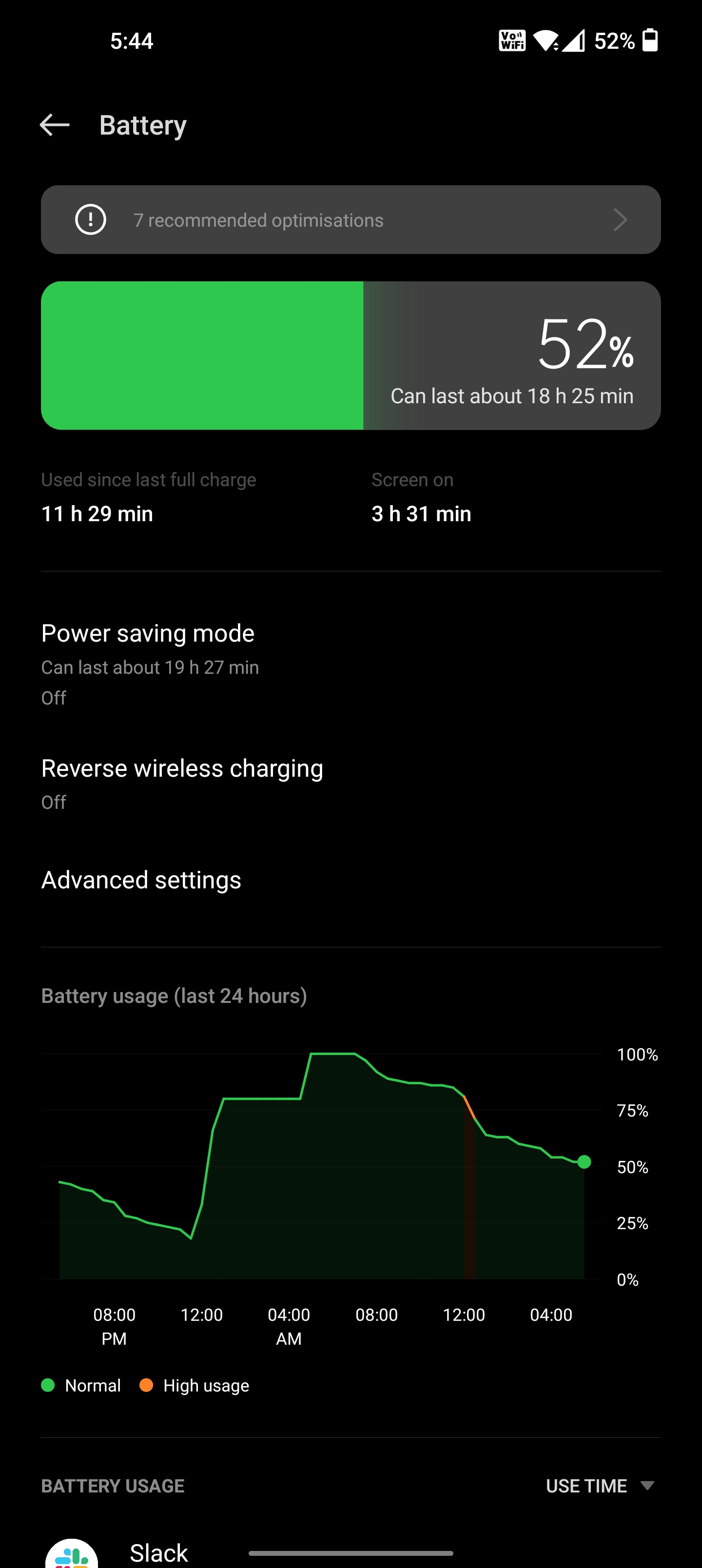
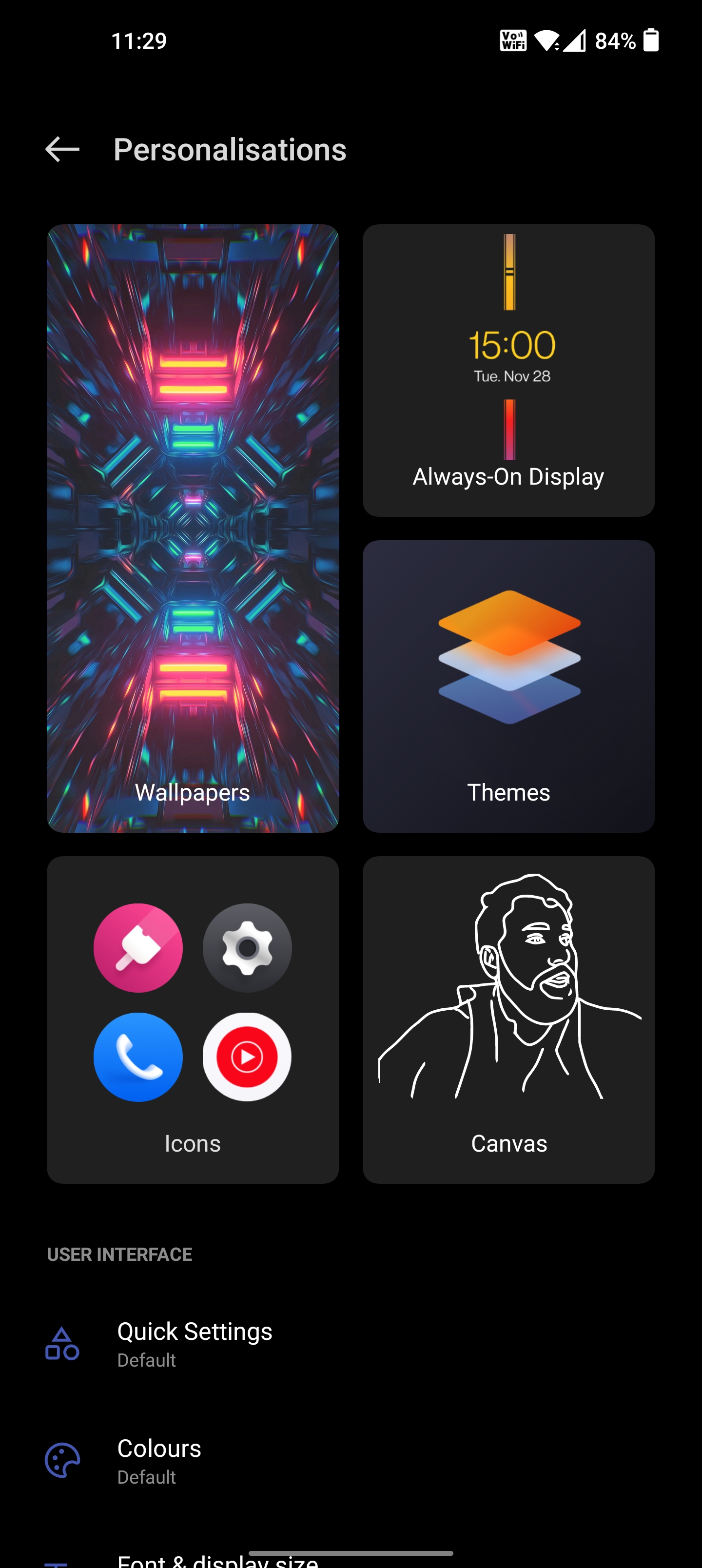
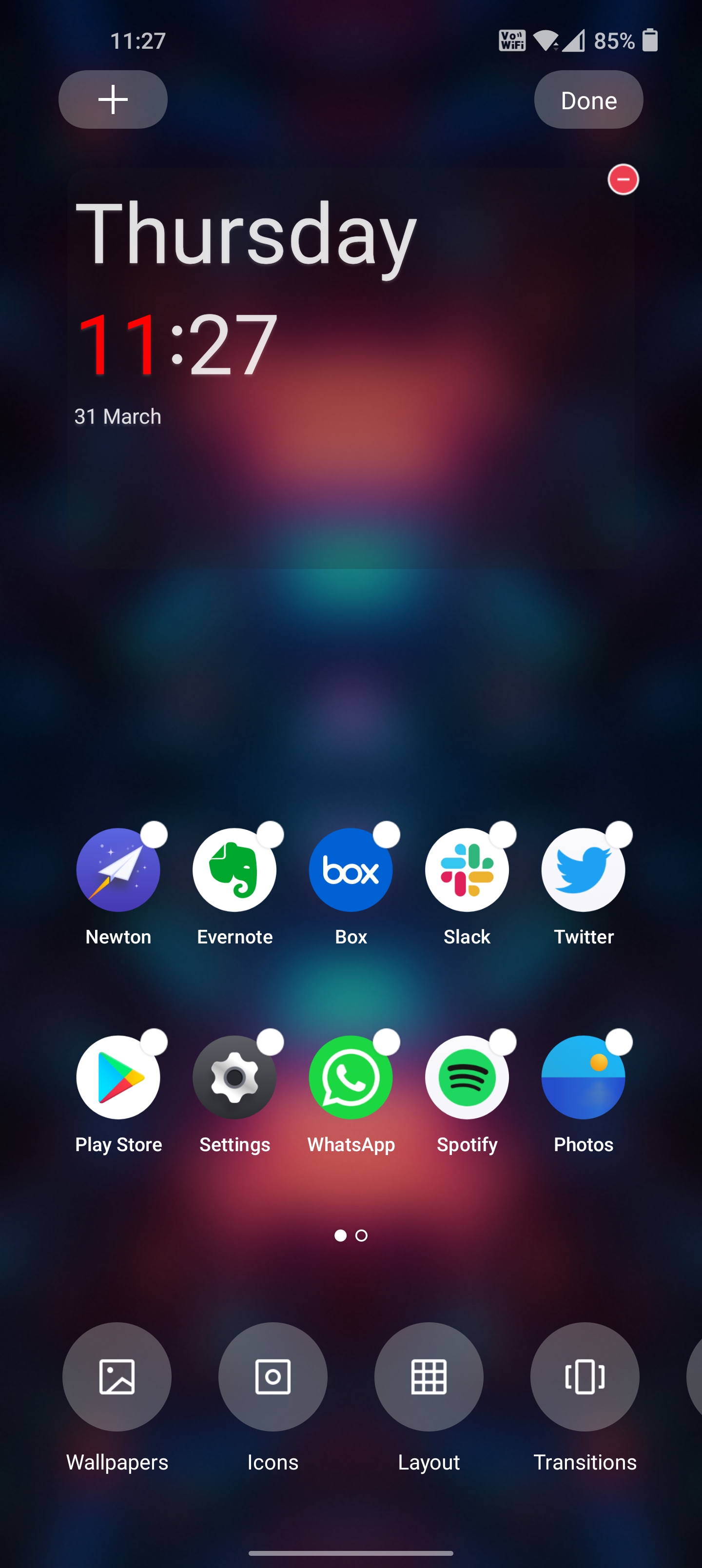
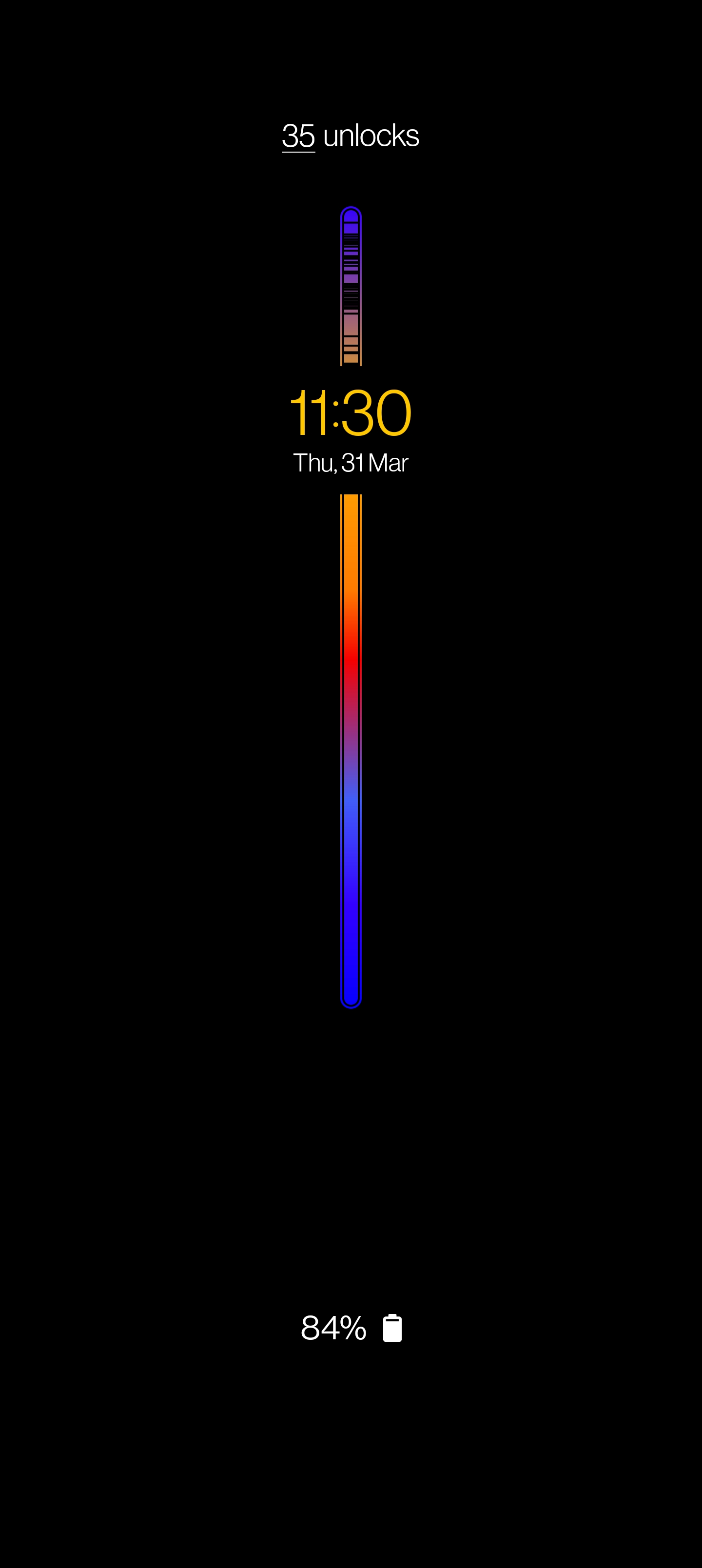
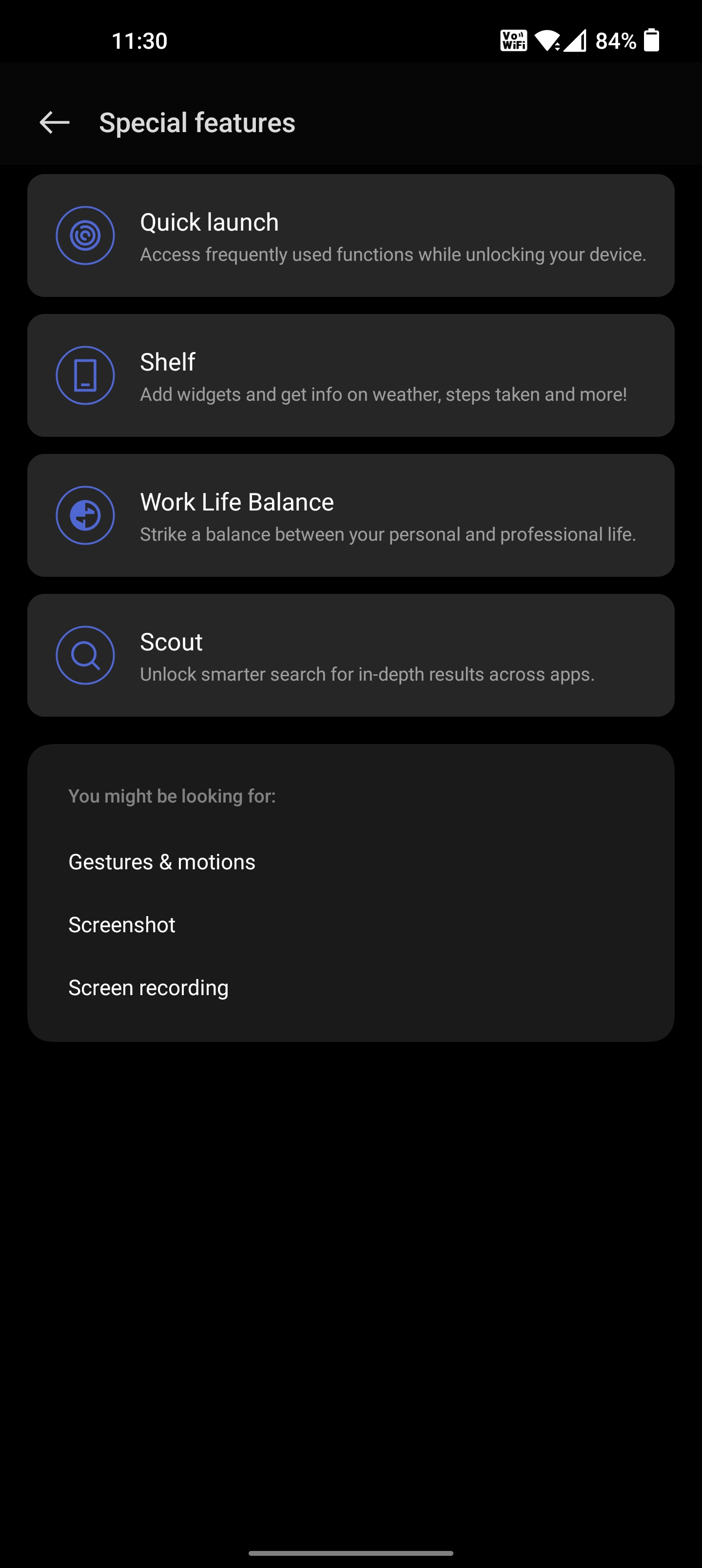
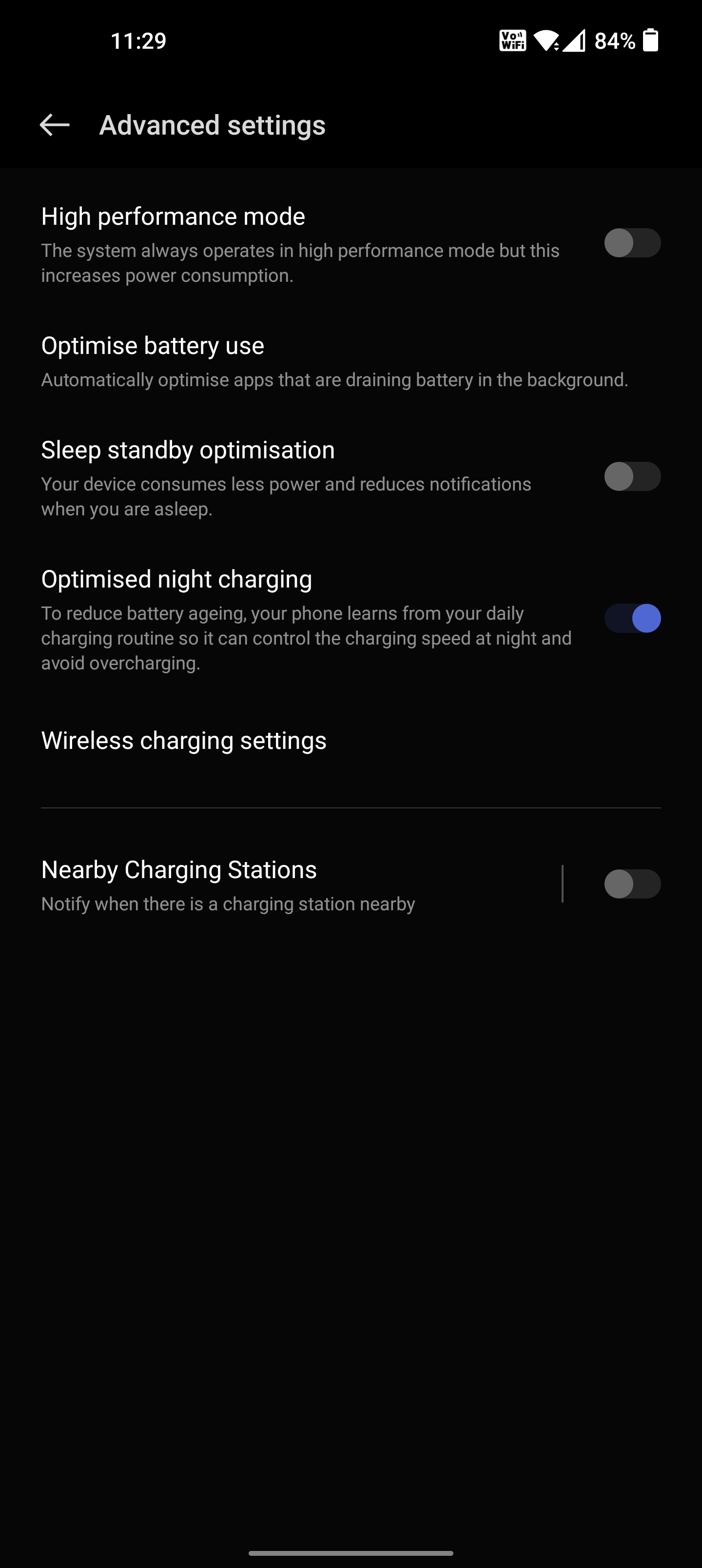
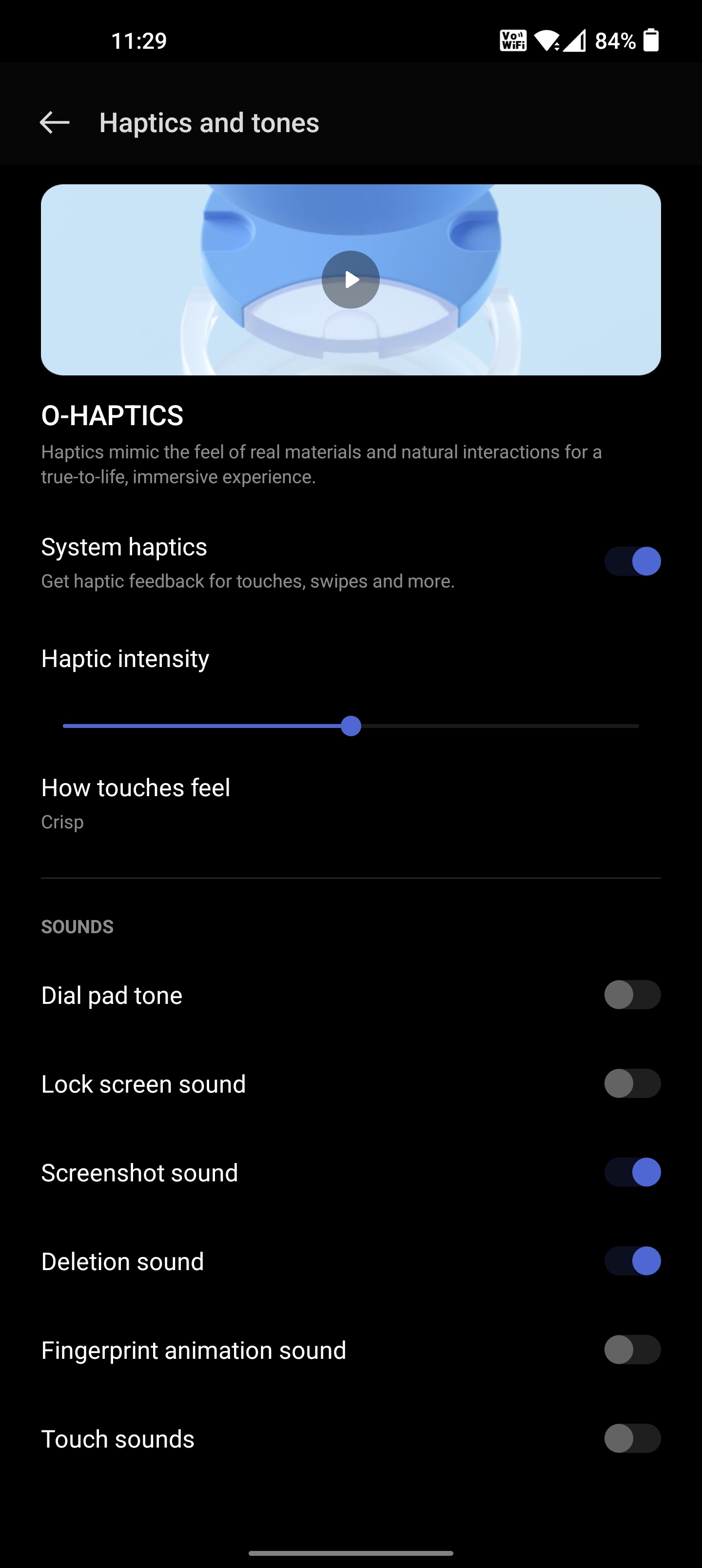

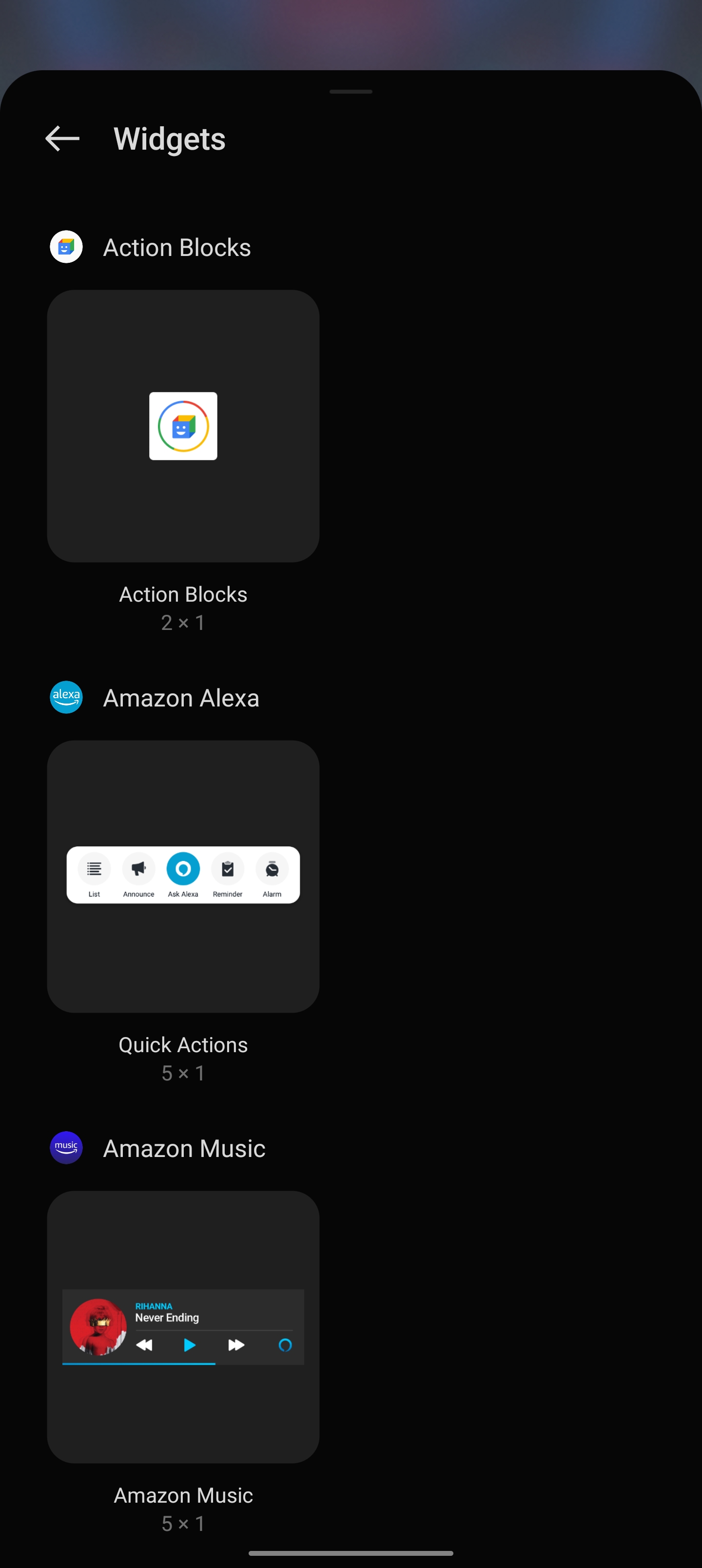
Thankfully, OnePlus walked back some of its software decisions from last year. For one thing, pulling down on the notification shade defaults to the notification pane instead of global search. And there are a few additions that you don't get within ColorOS, including At A Glance and notification snoozing.
But the best part is the lack of bloatware; ColorOS has a lot of crud installed out of the box, and that's thankfully not the case here. You can disable or uninstall most of the extraneous Google and OnePlus apps, but you'll need to enter your passcode for disabling services like Gmail — which is an odd requirement.
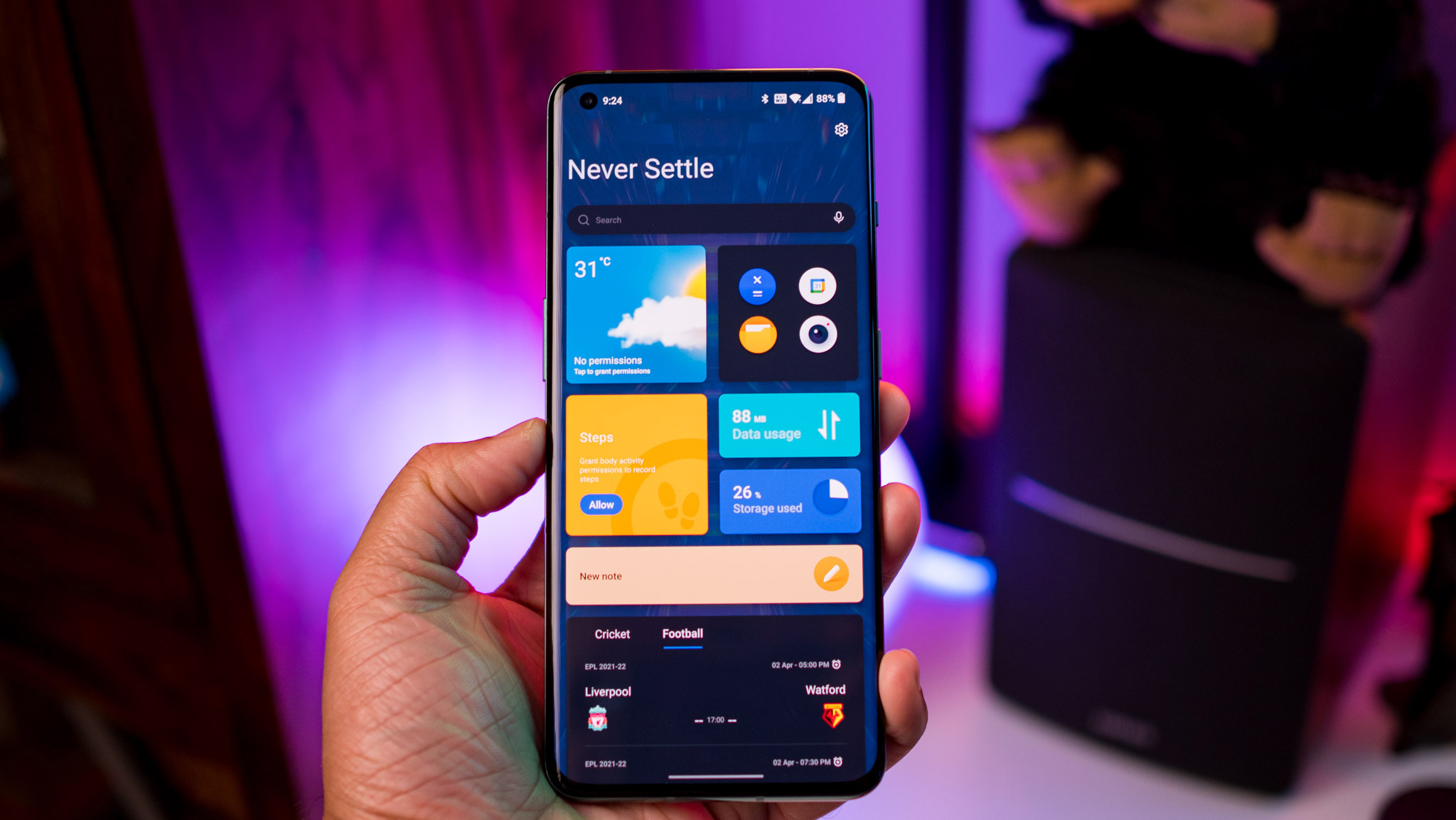
The core features in Android 12 are available here, including recording indicators, a privacy dashboard, and the litany of security-focused changes concerning file system access.
However, this wouldn't be OxygenOS without an entirely new set of annoyances, and there are quite a few on that front. For example, I didn't get any notifications from Newton Mail and Slack for the first week I used the phone. While it wasn't isn't the first time I had this issue in OxygenOS, it usually went away when I disabled battery optimization. But that didn't work in OxygenOS 12.1 — I had to wait for a software update to fix the issue.
You won't find any bloatware here, but the software doesn't feel cohesive.
Also, the Shelf is now triggered with a pull-down gesture starting at the status bar. It is particularly annoying, and I didn't realize that I used that section of the screen to pull down the notification pane until I routinely started bringing up the Shelf instead. Thankfully, this can be disabled in the settings. The Shelf has been relegated to this gesture because the -1 page now hosts the Google Discover feed, and there's no way to change that.
I found that the notification settings weren't preserved when switching over from the Find X5 Pro, so I had to manually turn off notifications all over again for the likes of Amazon and local delivery services that constantly send out meaningless notifications.
On that note, every time you launch an app that has its notifications disabled, you'll get a dialog box asking if you want to enable them. It's things like these that make me realize that OnePlus should really invest in more QA engineers. In a similar vein, the font scaling isn't uniform in QHD+ mode, and you'll notice this in the default gallery, where the album text is miniscule.
Now, onto the features that are missing. ColorOS has robust customization options for the always-on mode, including the ability to create your own pattern. You don't get that here — this feature debuted in ColorOS 11, so I'm not really sure why it's missing in OxygenOS 12.1.
Another major omission is the color extractor feature; ColorOS 12 has its own take on the Material You color picker, and it works really well. But that's not available in OxygenOS 12.1, and OnePlus said it wouldn't add the feature in a forthcoming update.
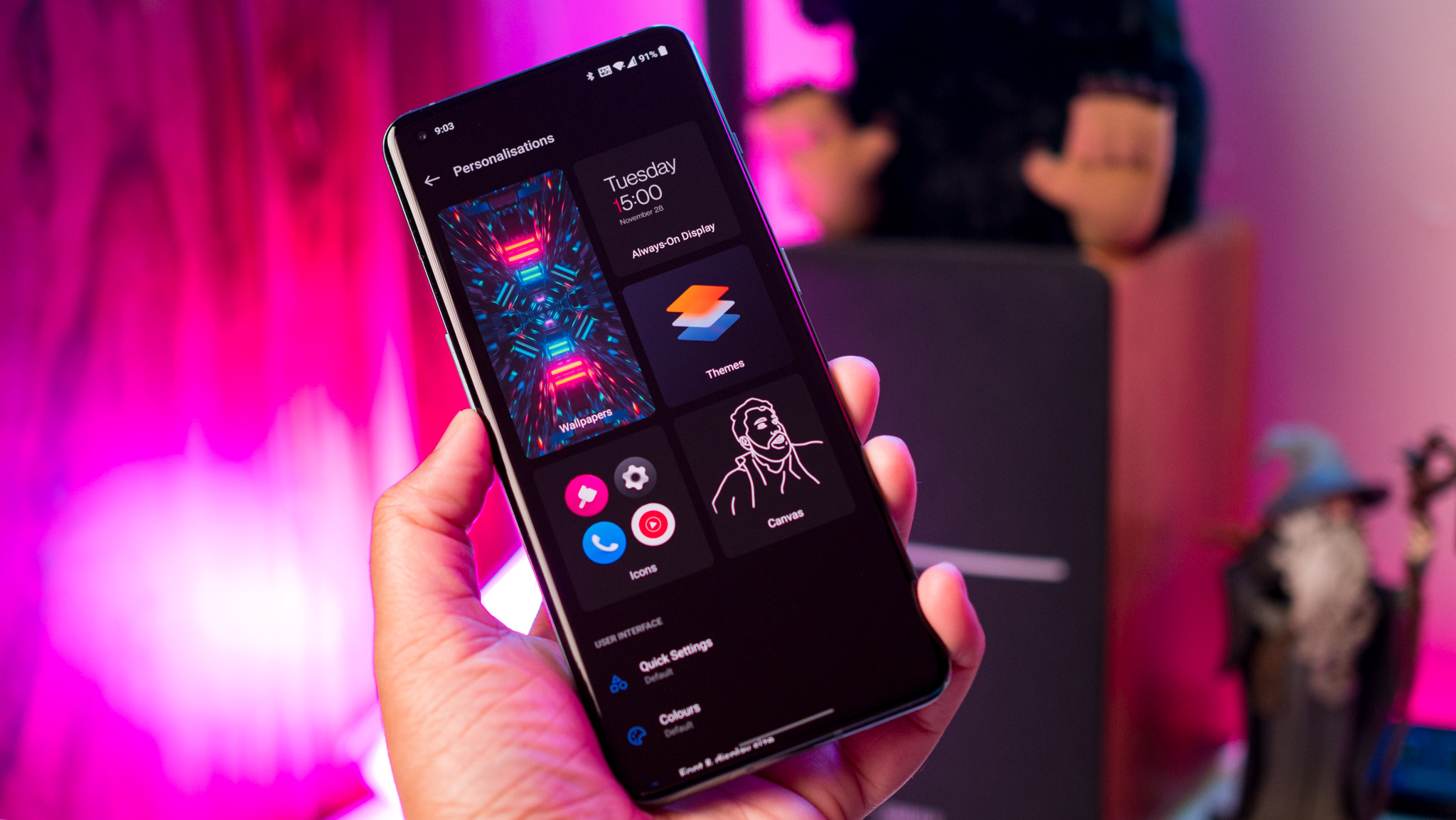
OnePlus seems to be intent on squashing bugs and getting the UI to a stable state. While that's admirable, that means you won't get a lot of features that are standard in ColorOS 12, like floating windows and the ability to connect to a Windows PC.
OnePlus says it doesn't have any plans to port all ColorOS features and that going forward, it will focus on adding legacy OxygenOS design features back to the interface. OnePlus is making a big deal about returning to its roots with OxygenOS 13, and it will be interesting to see if it manages to deliver — it has one more chance to get it right.
Ultimately, whenever I try out a OnePlus phone, it feels like I'm beta testing the product. This isn't something new; every OnePlus phone over the last two years was riddled with bugs out of the box. Things haven't changed with the 10 Pro, and while I'm sure that most of these bugs will be ironed out over the coming weeks, you don't want to put up with these issues when you're paying nearly $1,000 for a phone.
OnePlus 10 Pro: The competition
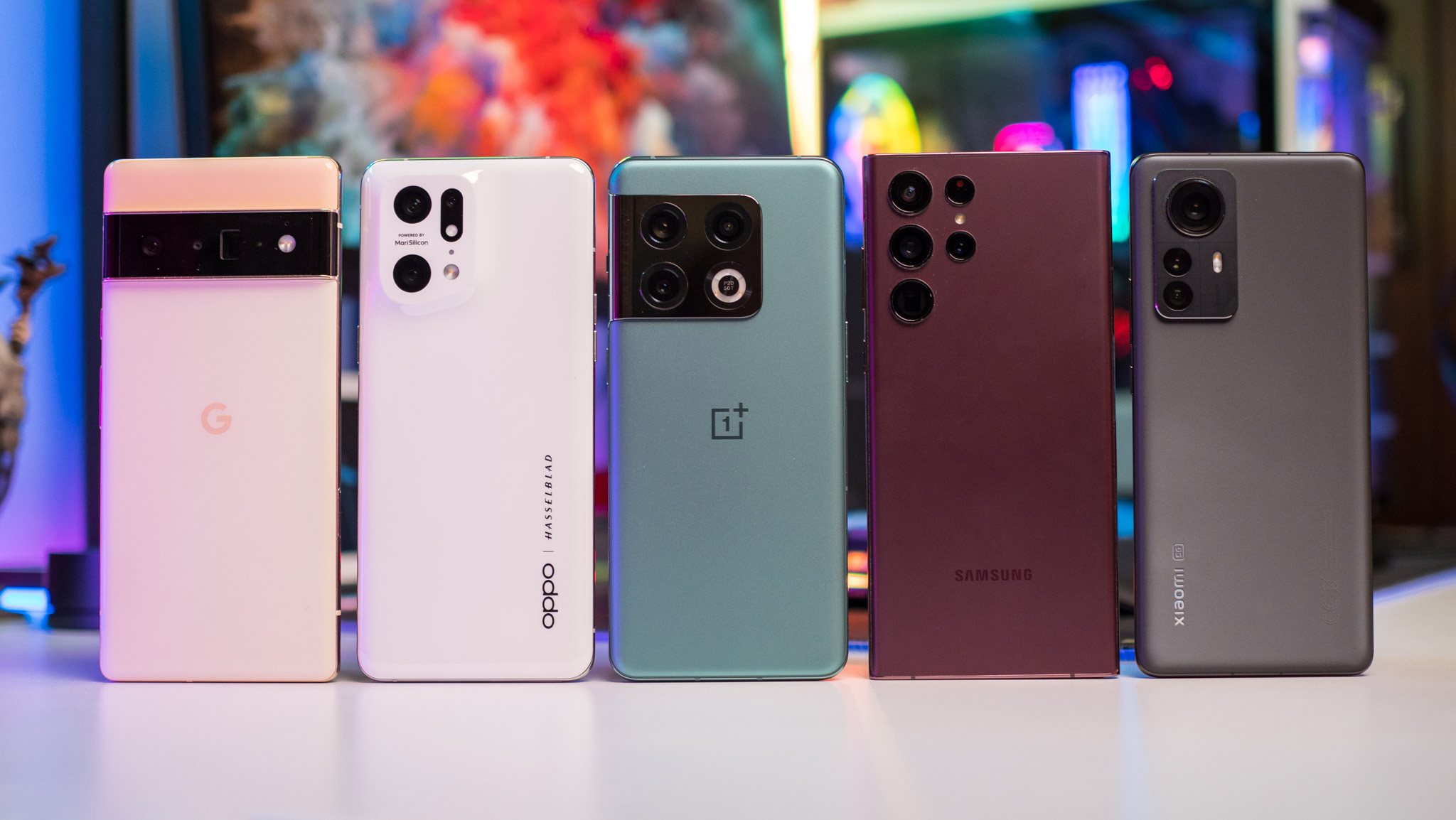
There is definitely no shortage of choices if you're looking to buy a flagship in 2022. If you're using an older OnePlus device, the OnePlus 9 Pro continues to be a great overall choice. The hardware is just as reliable, you get the same QHD+ AMOLED screen, great cameras with a fantastic wide-angle lens, and all-day battery with 65W charging. And with the launch of the 10 Pro, the 9 Pro should go on sale.
The Pixel 6 Pro is a solid alternative as well; it has a 120Hz QHD+ AMOLED panel, the Google Tensor chipset holds its own for any day-to-day use case, and the 5000mAh battery lasts all day with ease.
You also get phenomenal cameras, bloat-free software with three Android OS updates and five years of security updates, and IP68 dust and water resistance. The biggest issue with the Pixel 6 Pro continues to be global availability — it's limited to a select few markets. The base model has 12GB of RAM and 128GB of storage and costs $899 — the same as the 10 Pro.
Samsung's Galaxy S22+ is the best Android phone at the moment; you get a gorgeous 120Hz AMOLED screen, Snapdragon 8 Gen 1, 8GB of RAM and 128GB of storage, fantastic cameras, and a 4500mAh battery that lasts all day.
The 45W charging tech isn't quite on par with the 10 Pro, but you get wireless charging and reverse wireless charging, as well as IP68 water resistance. At $999, the S22+ is $100 more than the 10 Pro, but the upside is that it will get four Android OS updates and five years of security updates.
If you're looking for a flagship outside North America, there's the Find X5 Pro. The phone is quite costly at £1049 ($1,375), £150 more than the equivalent 10 Pro model. But you get more for your money: the Find X5 Pro has one of the best camera systems on a phone today, the design is absolutely stunning thanks to a unibody ceramic chassis, and you don't miss out on IP68.
You get the same Snapdragon 8 Gen 1 chipset and 5000mAh battery with 80W fast charging and 50W wireless charging but with double the guaranteed longevity at 1,600 charge cycles.
Finally, the Xiaomi 12 Pro is a standout choice. It has three 50MP cameras and takes outstanding photos, has a QHD+ AMOLED screen with 120Hz refresh, Snapdragon 8 Gen 1 chipset, 12GB of RAM and 256GB of storage, and a 4600mAh battery that charges at an insane 120W.
The battery doesn't last as long as the 10 Pro, but the 120W wired charging more than makes up for it. The 12 Pro will get three Android OS updates and four years of security patches, and at £1049 ($1,375), it is £150 more than the 12GB/256GB option of the 10 Pro.
OnePlus 10 Pro: Should you buy it?
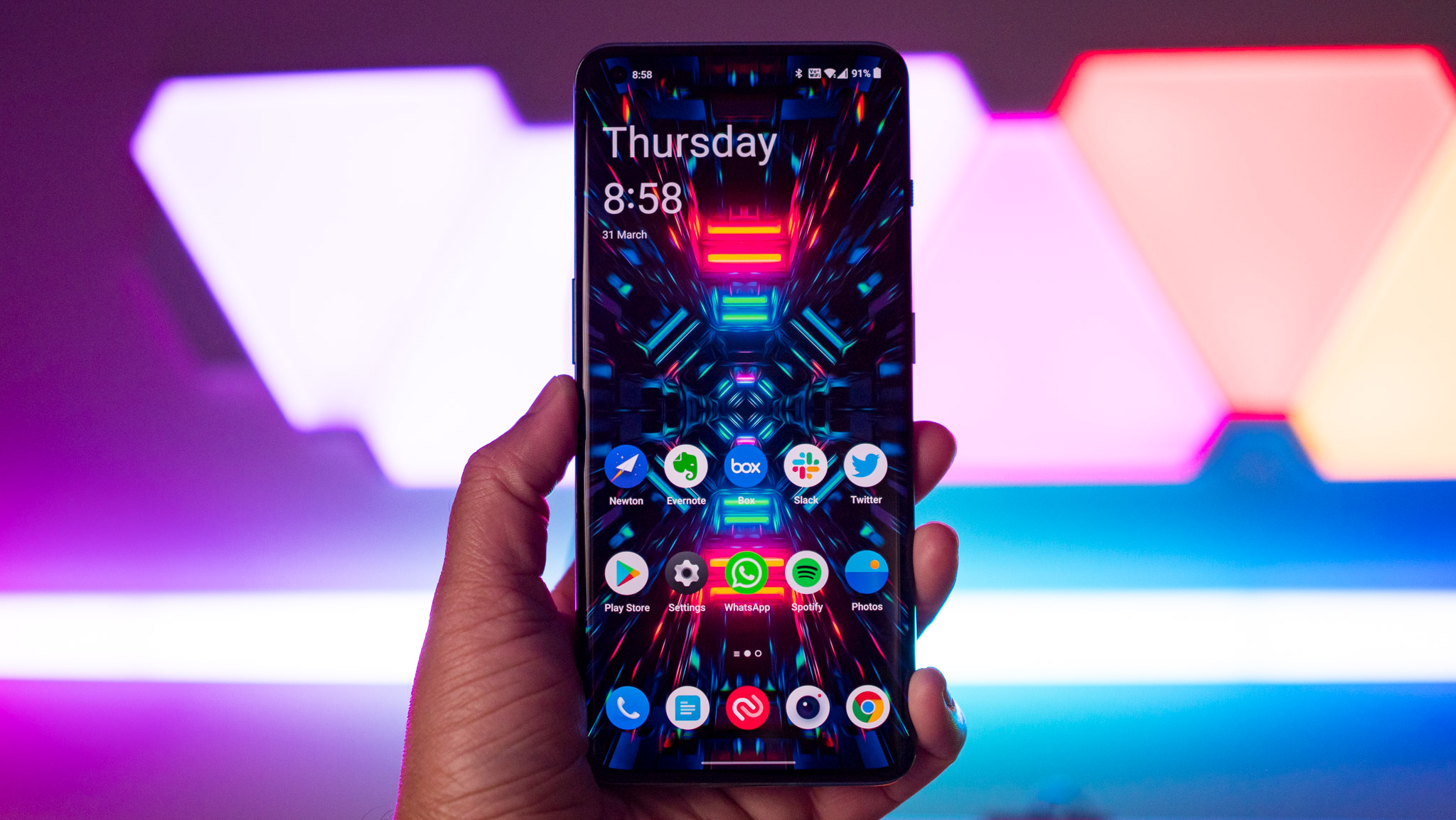
You should buy this if:
- You want a phone with the latest hardware and screen tech
- You need ultra-fast wired and wireless charging
- You're looking for bloat-free software
- You want a flagship for gaming
You shouldn't buy this if:
- You want a phone with IP68 rating
- You're looking for a UI that feels cohesive
- You want versatile auxiliary cameras
The OnePlus 10 Pro nails the basics: it has the latest hardware money can buy, it is one of the fastest phones around — particularly for gaming — it lasts all day, and there's 80W wired and 50W wireless charging. The 48MP camera is better than last year, and it takes amazing photos in challenging conditions. The software is stable for the most part, the phone will get three updates, and there's no bloatware here.
Of course, there are downsides: there's no IP68 rating for unlocked models, the front camera misses out on 4K video recording, and the software has a few lingering bugs. If you're considering an upgrade from an older OnePlus device, the 10 Pro is the default option, and if you want to save some cash, the 9 Pro has a lot to offer in 2022.
Furthermore, OnePlus says it will course-correct with OxygenOS 13 and go back to a clean and light interface that's in line with earlier versions, and on a personal level, that sounds very intriguing.
So I'm willing to give OnePlus the benefit of the doubt one more time here because, from a hardware point of view, there really isn't a whole lot at fault with the 10 Pro. If you're a longtime OnePlus user, I suggest you do the same.

The OnePlus 10 Pro has a sublime 120Hz AMOLED screen, robust camera at the back, fast wired and wireless charging, and outstanding internal hardware.

Harish Jonnalagadda is Android Central's Senior Editor overseeing mobile coverage. In his current role, he leads the site's coverage of Chinese phone brands, networking products, and AV gear. He has been testing phones for over a decade, and has extensive experience in mobile hardware and the global semiconductor industry. Contact him on Twitter at @chunkynerd.
